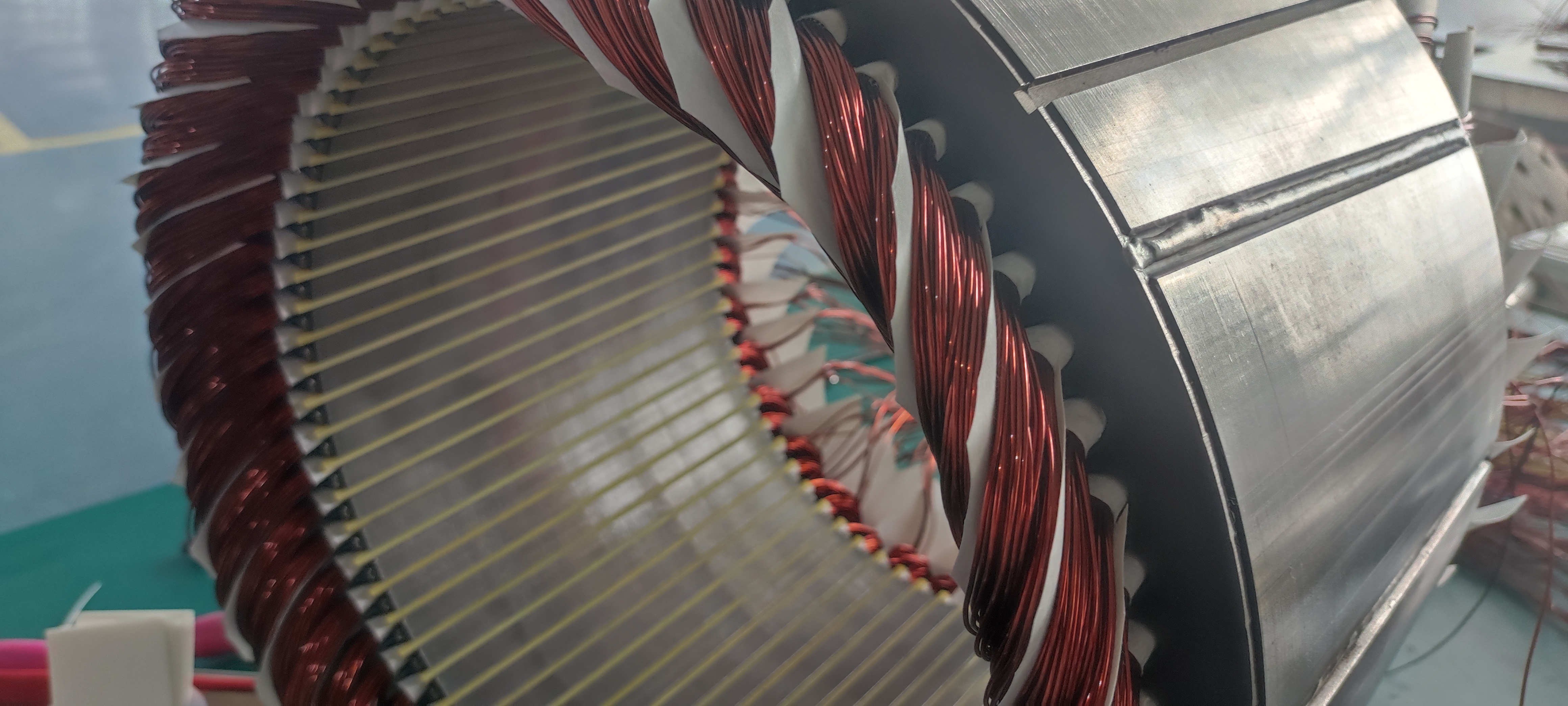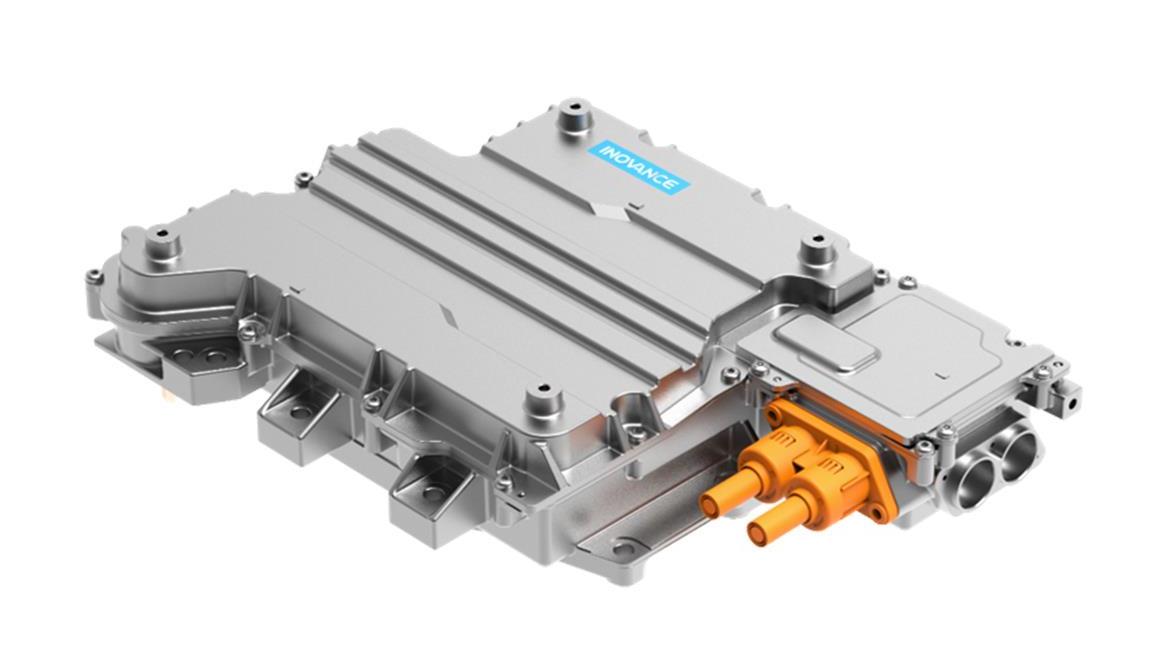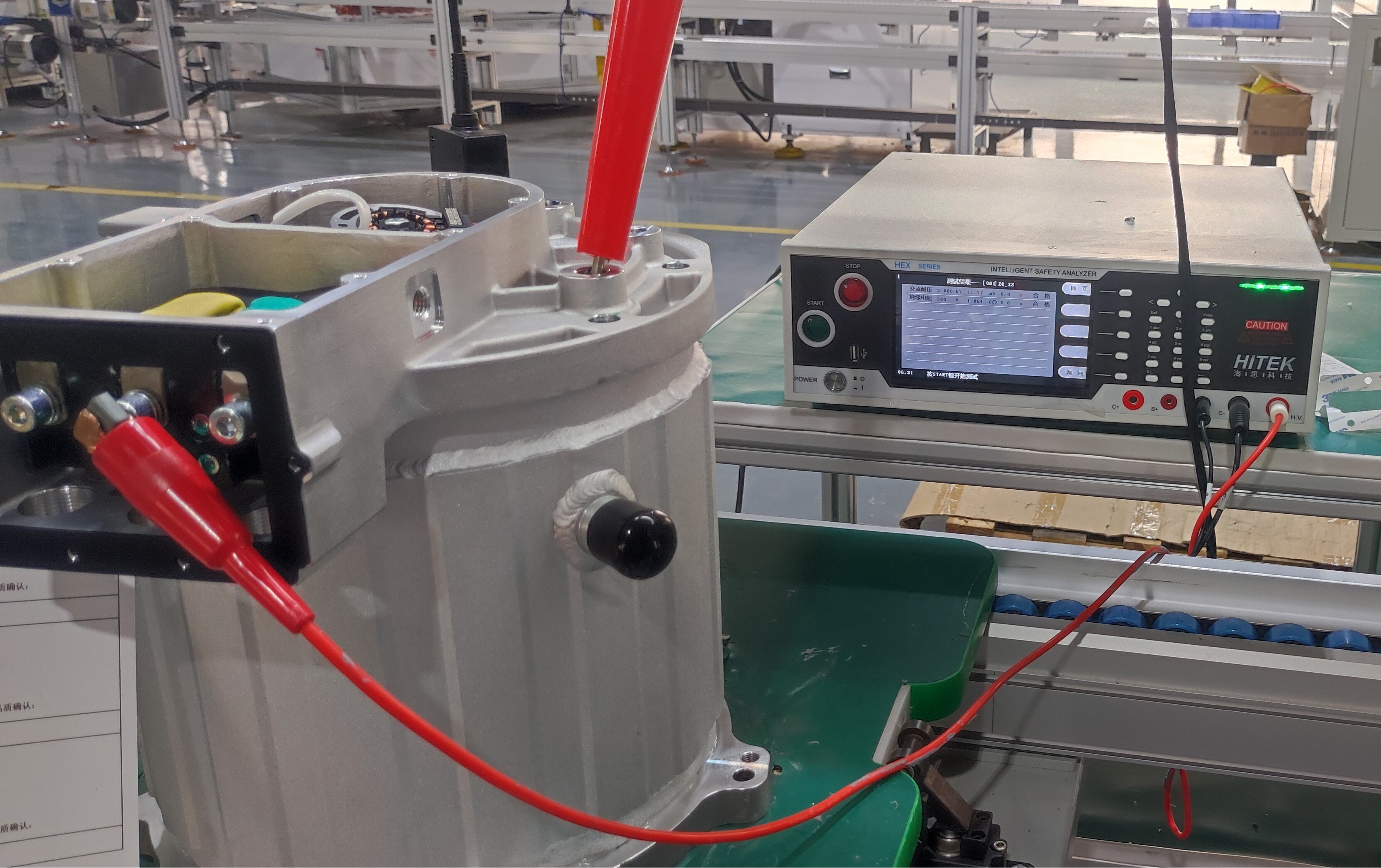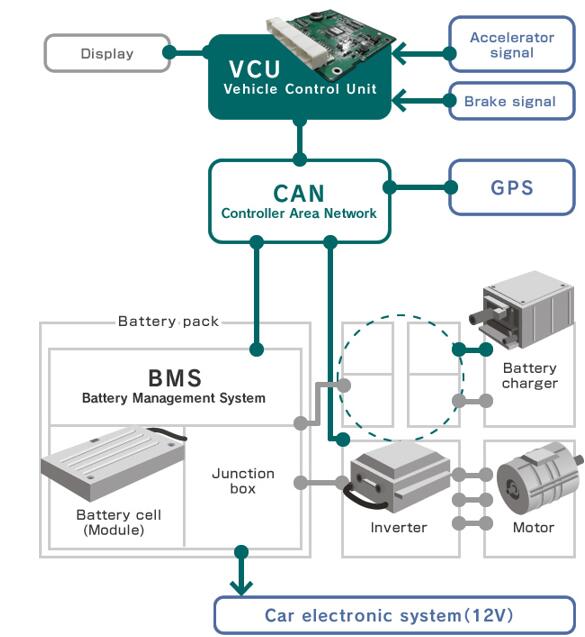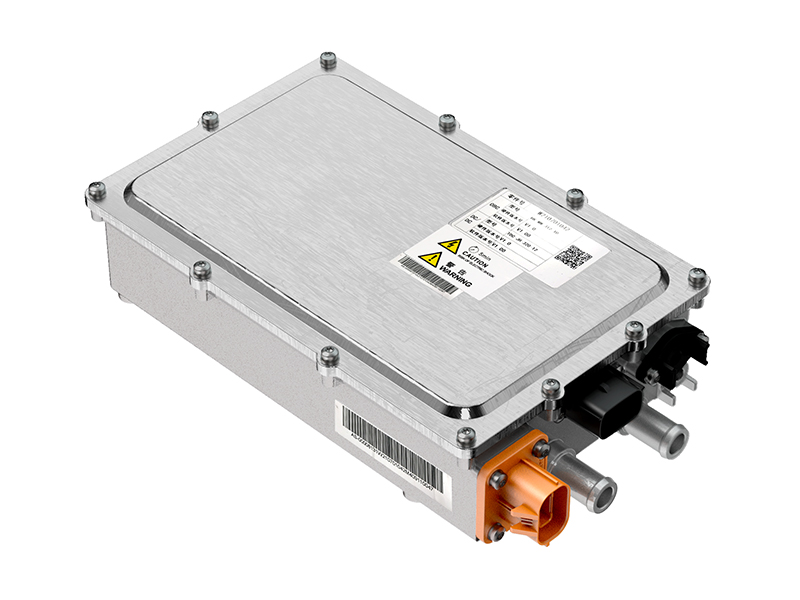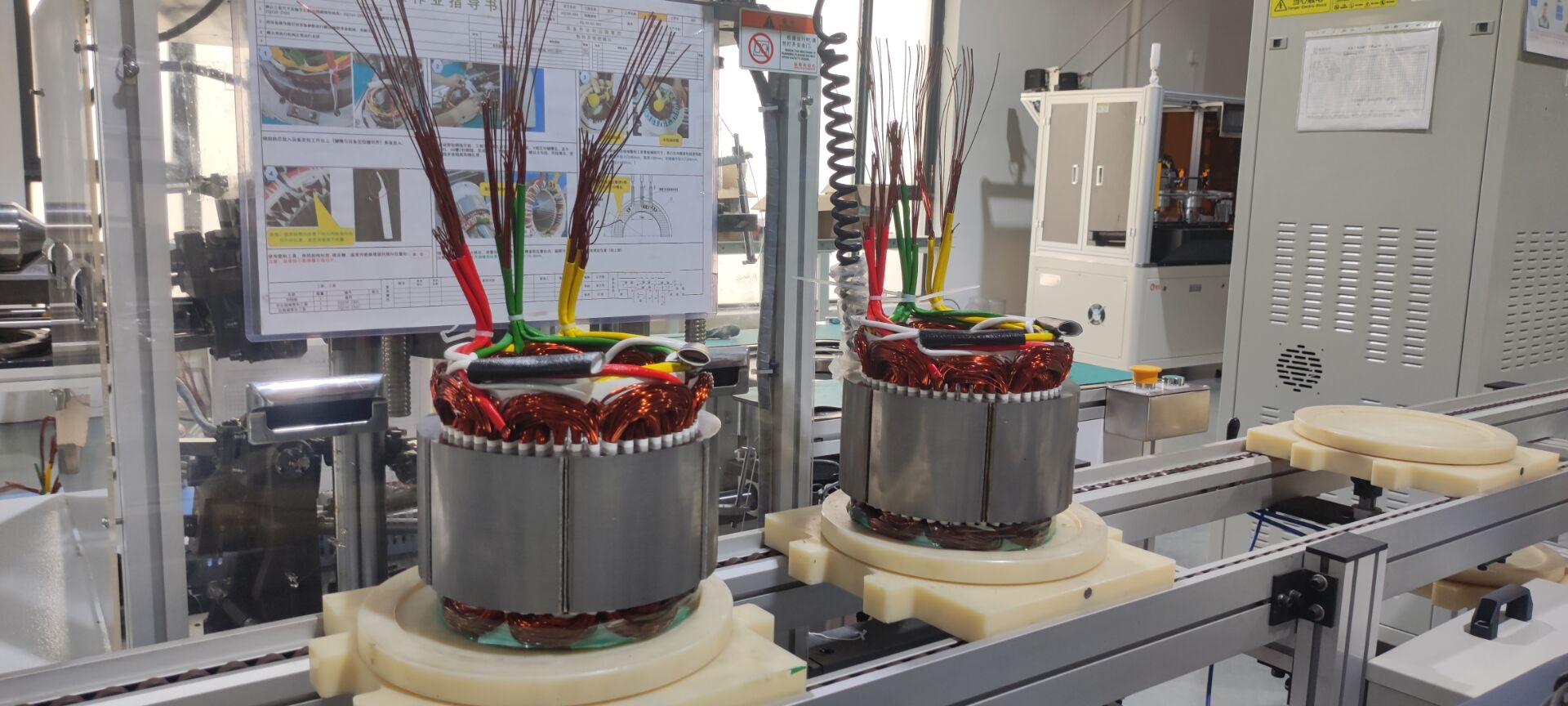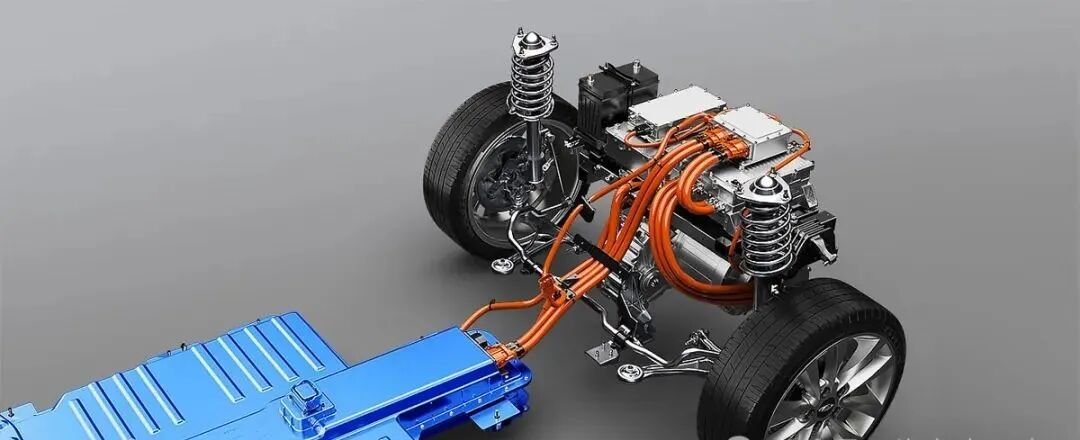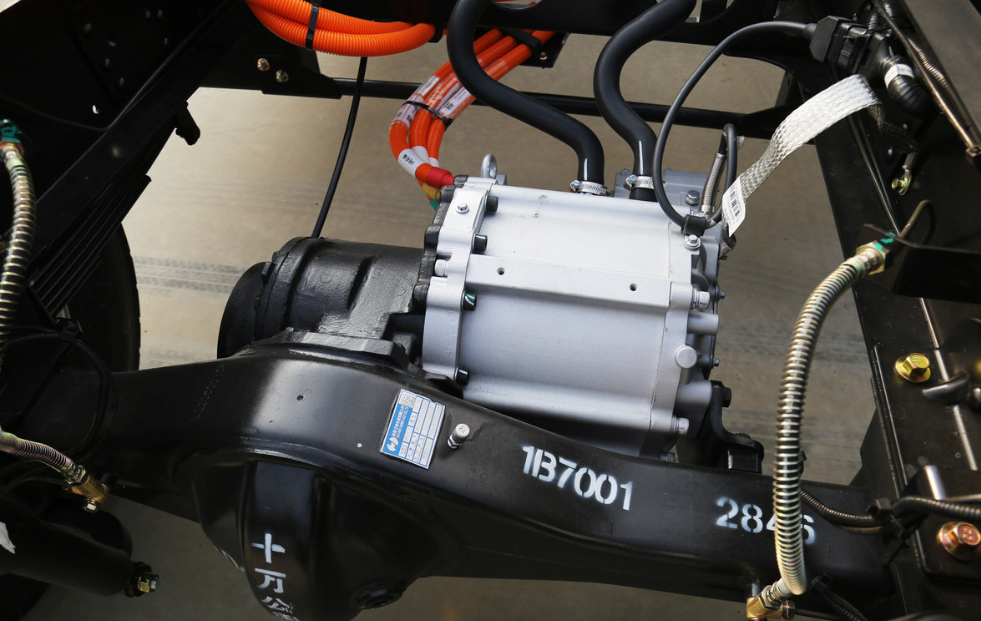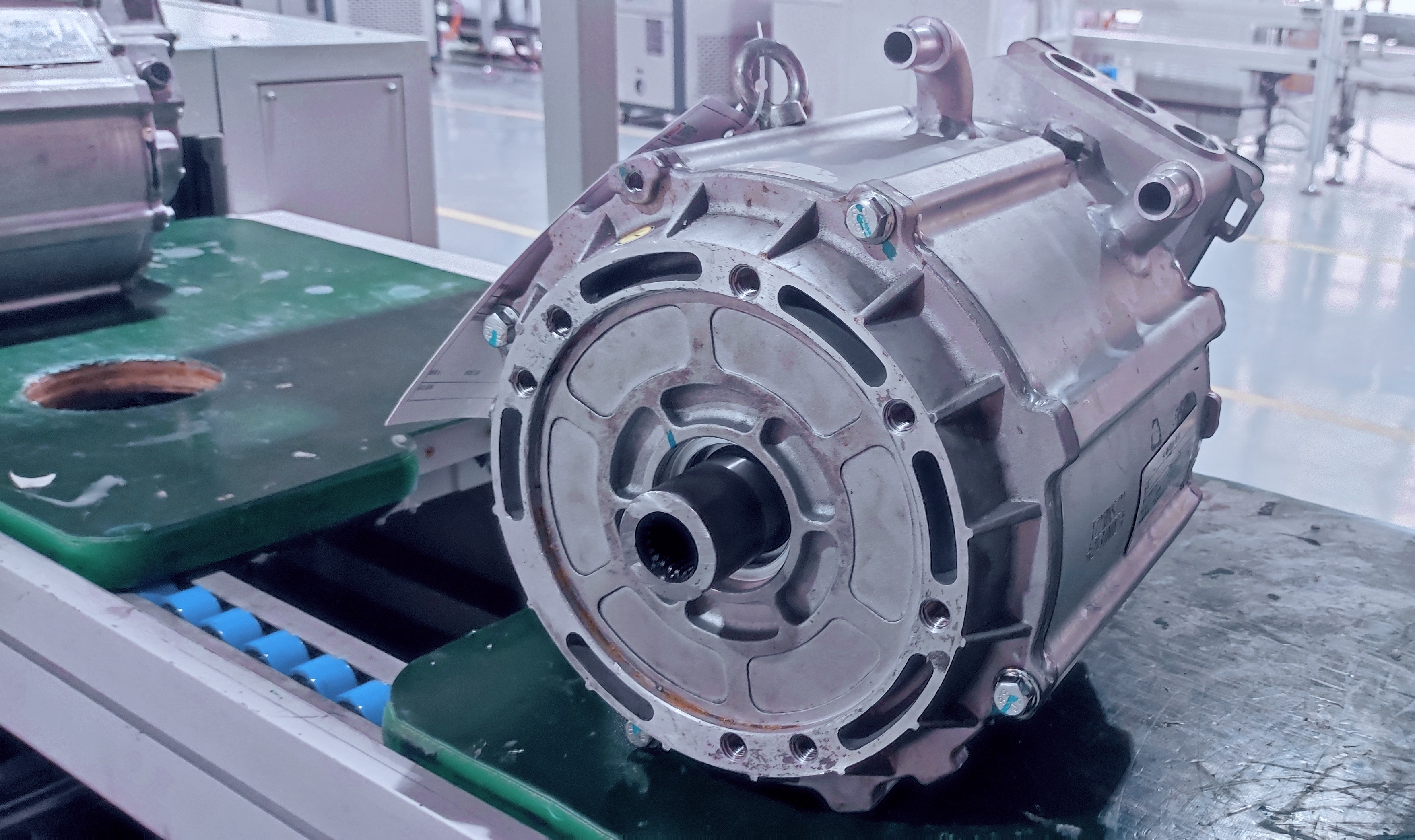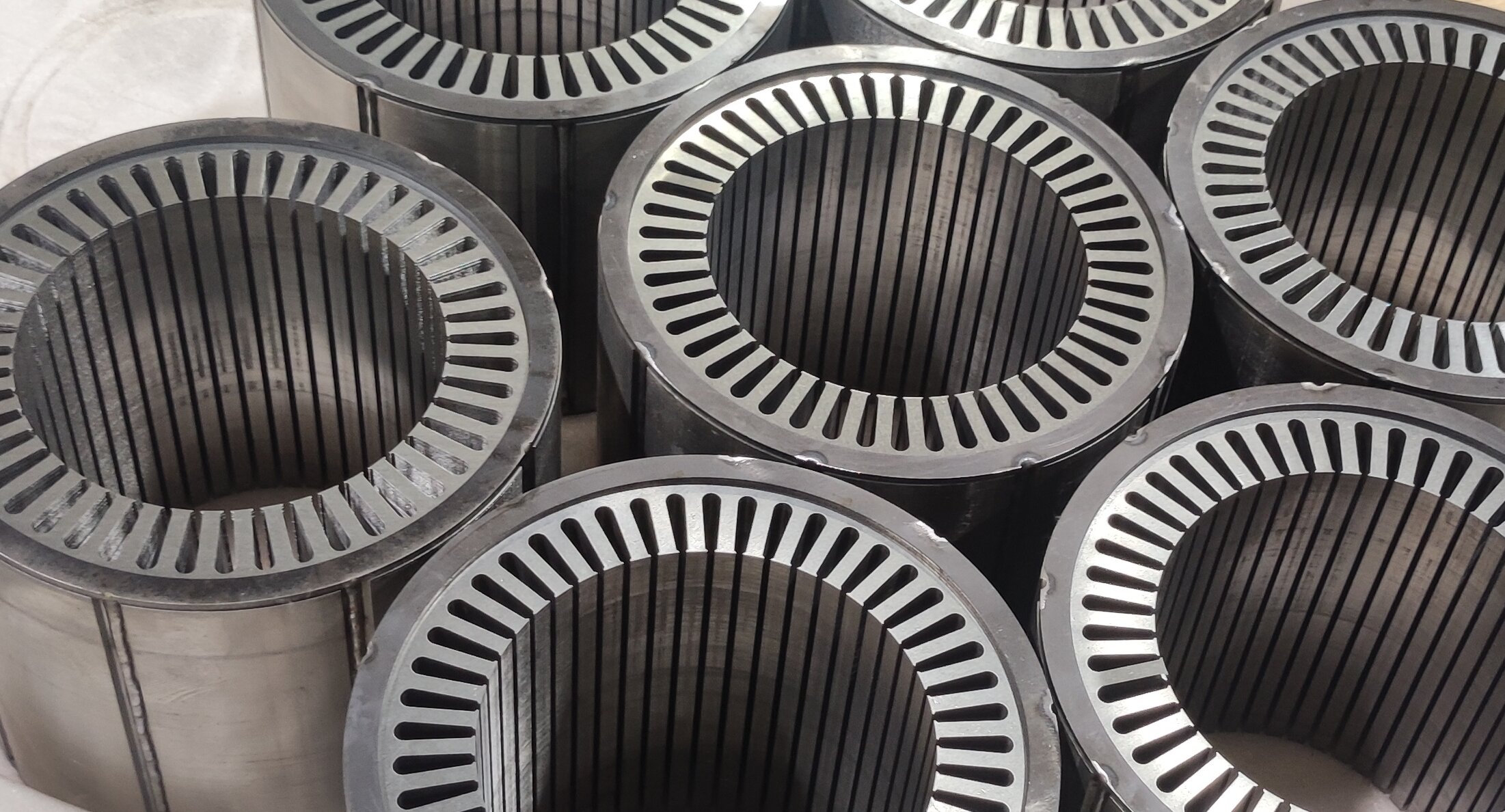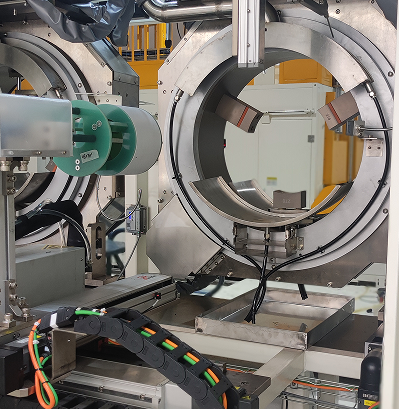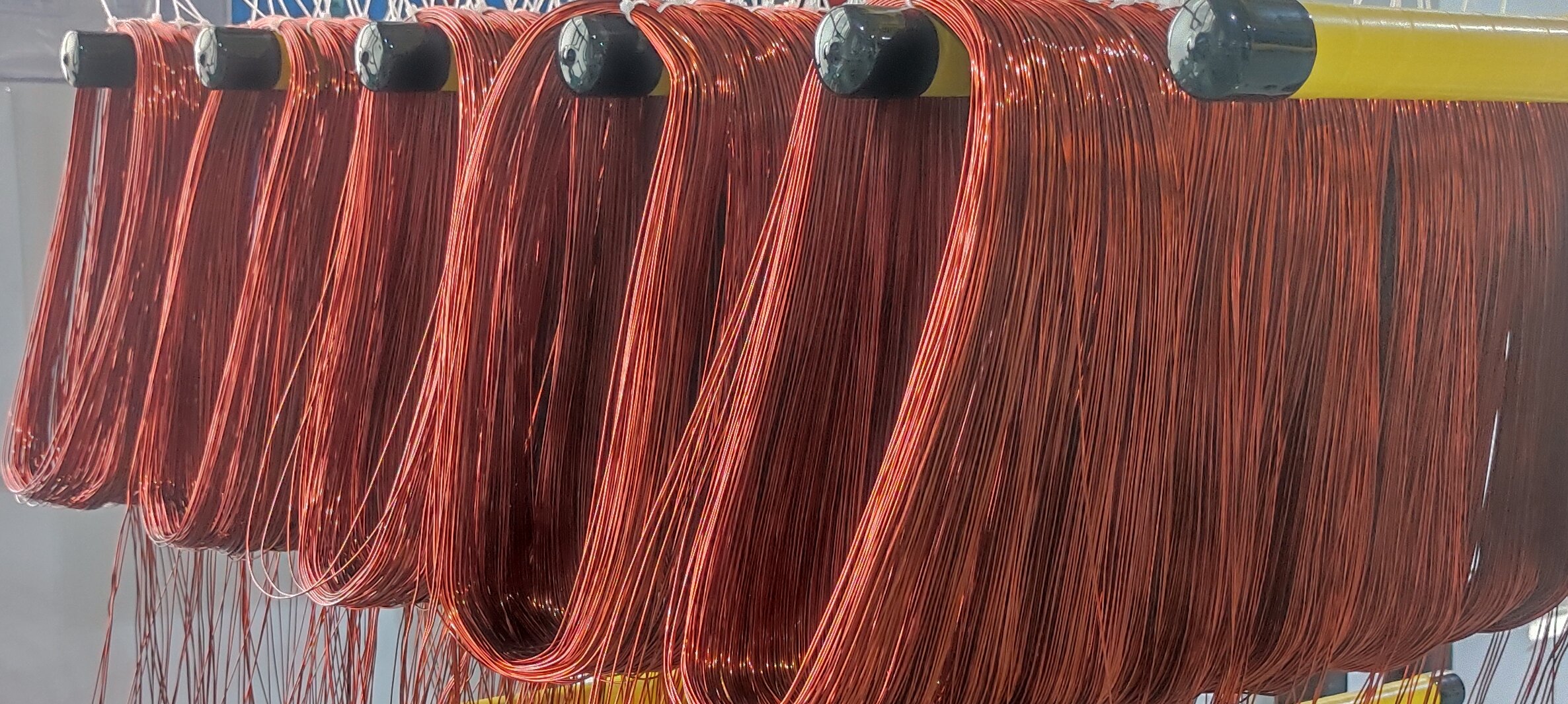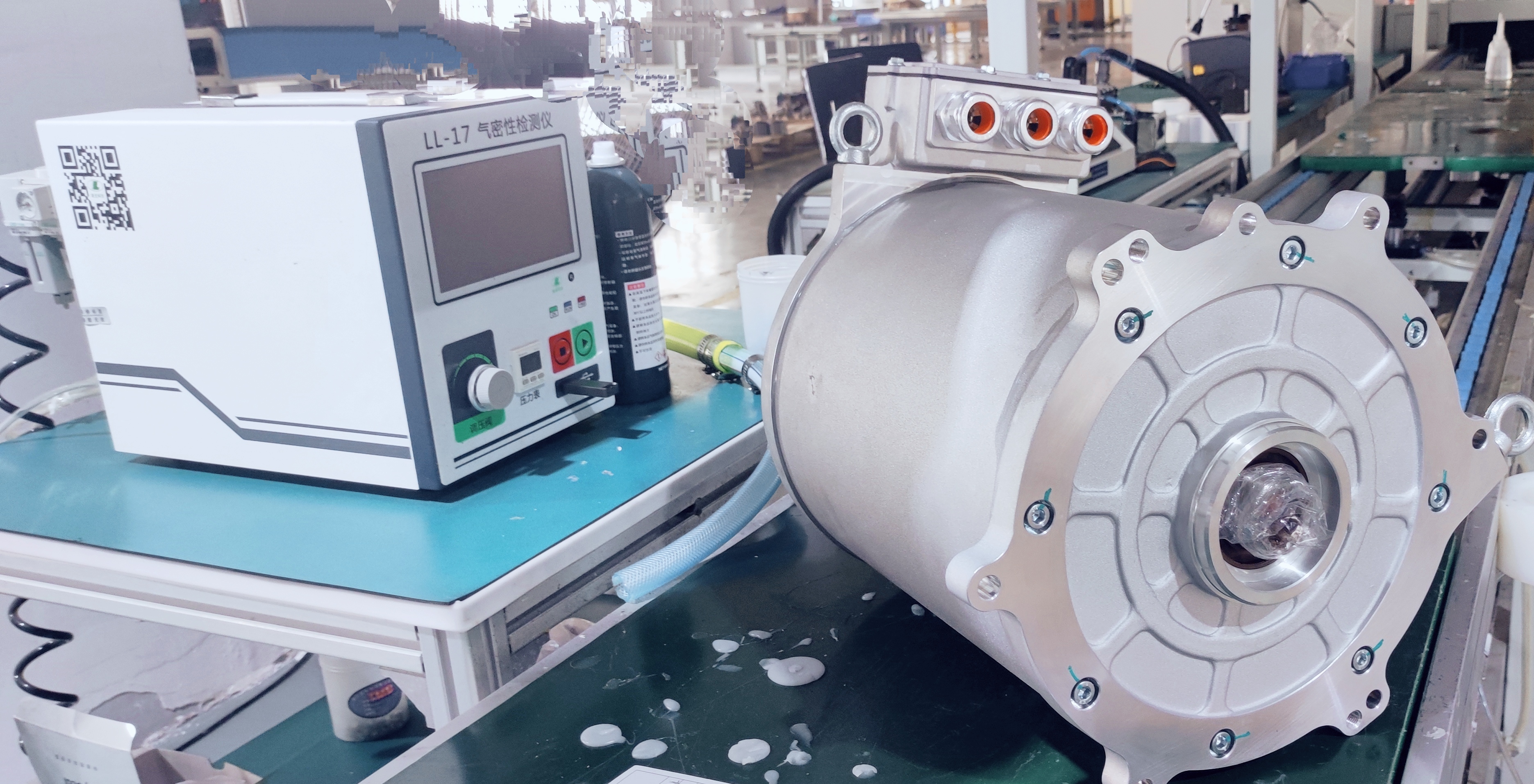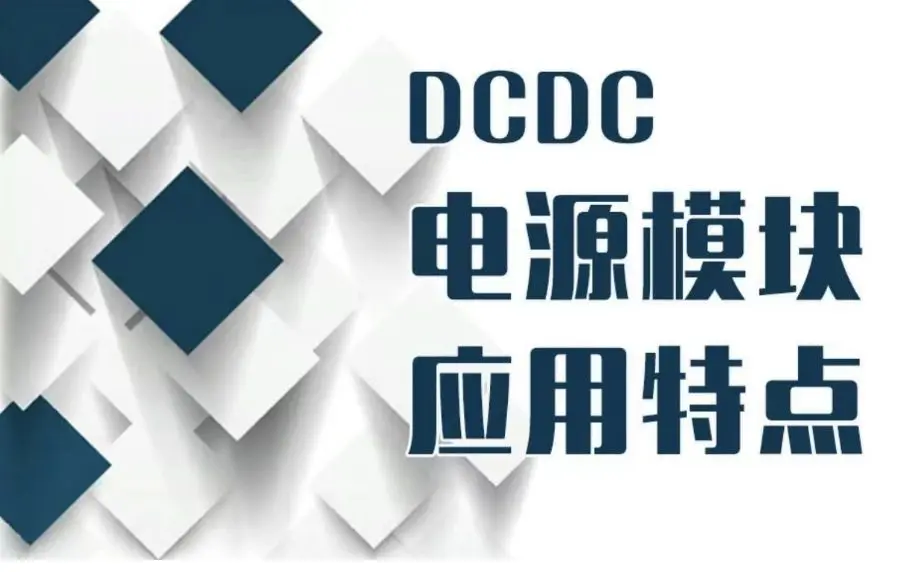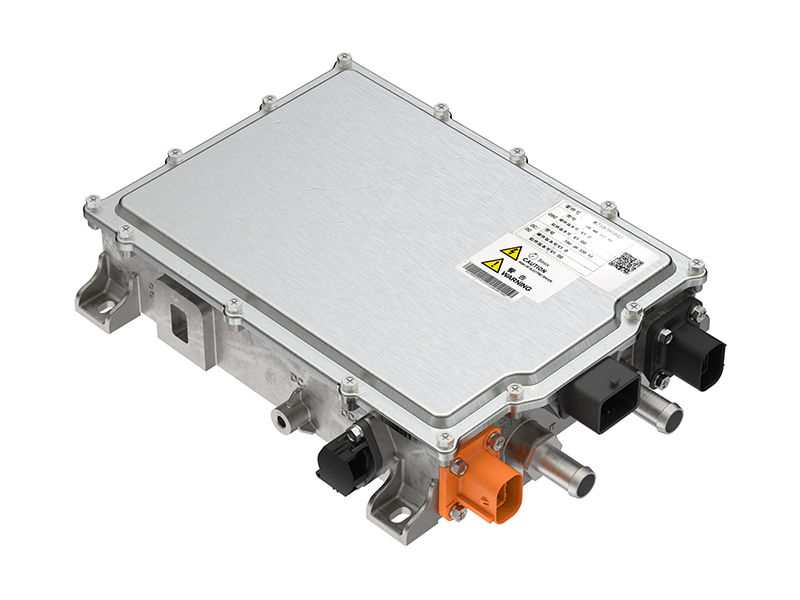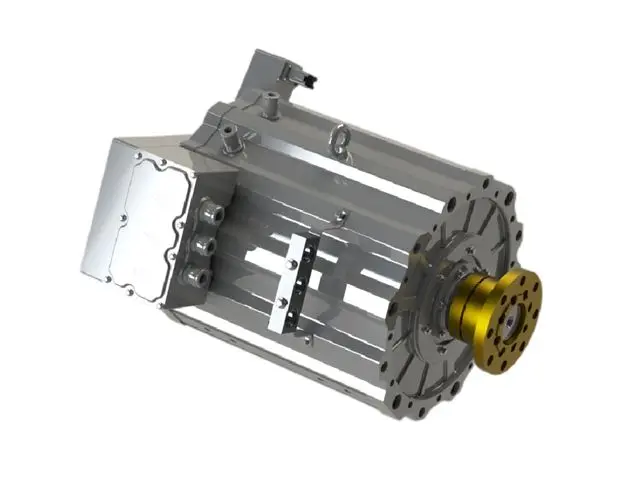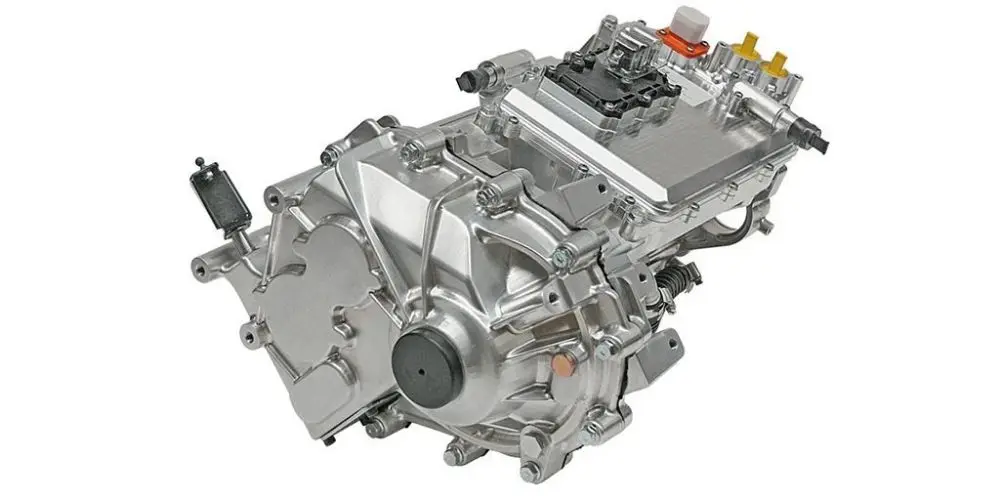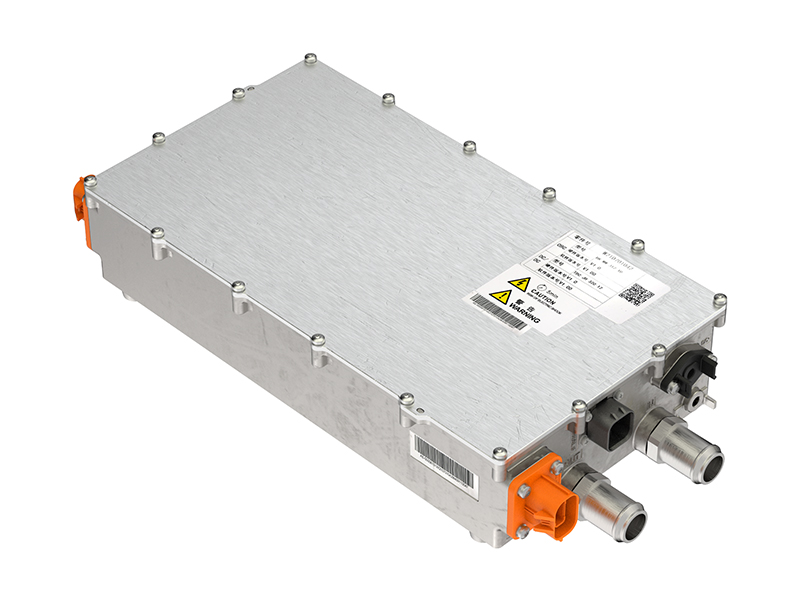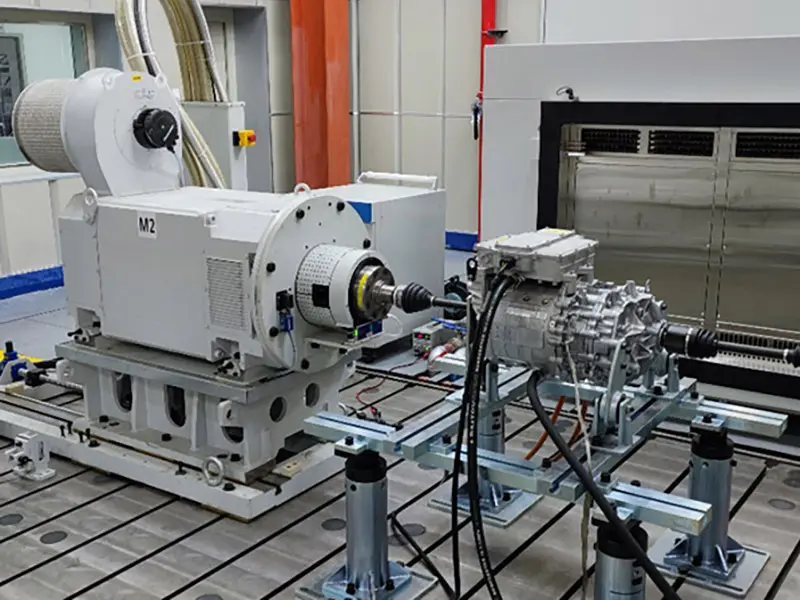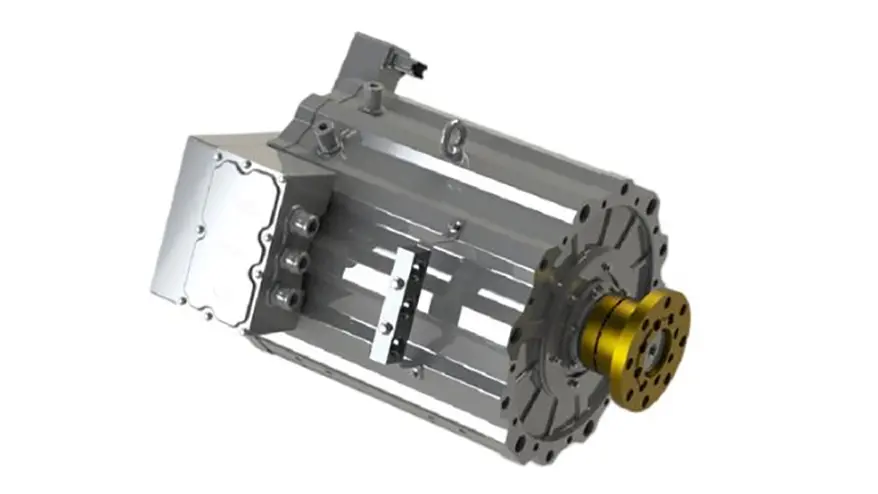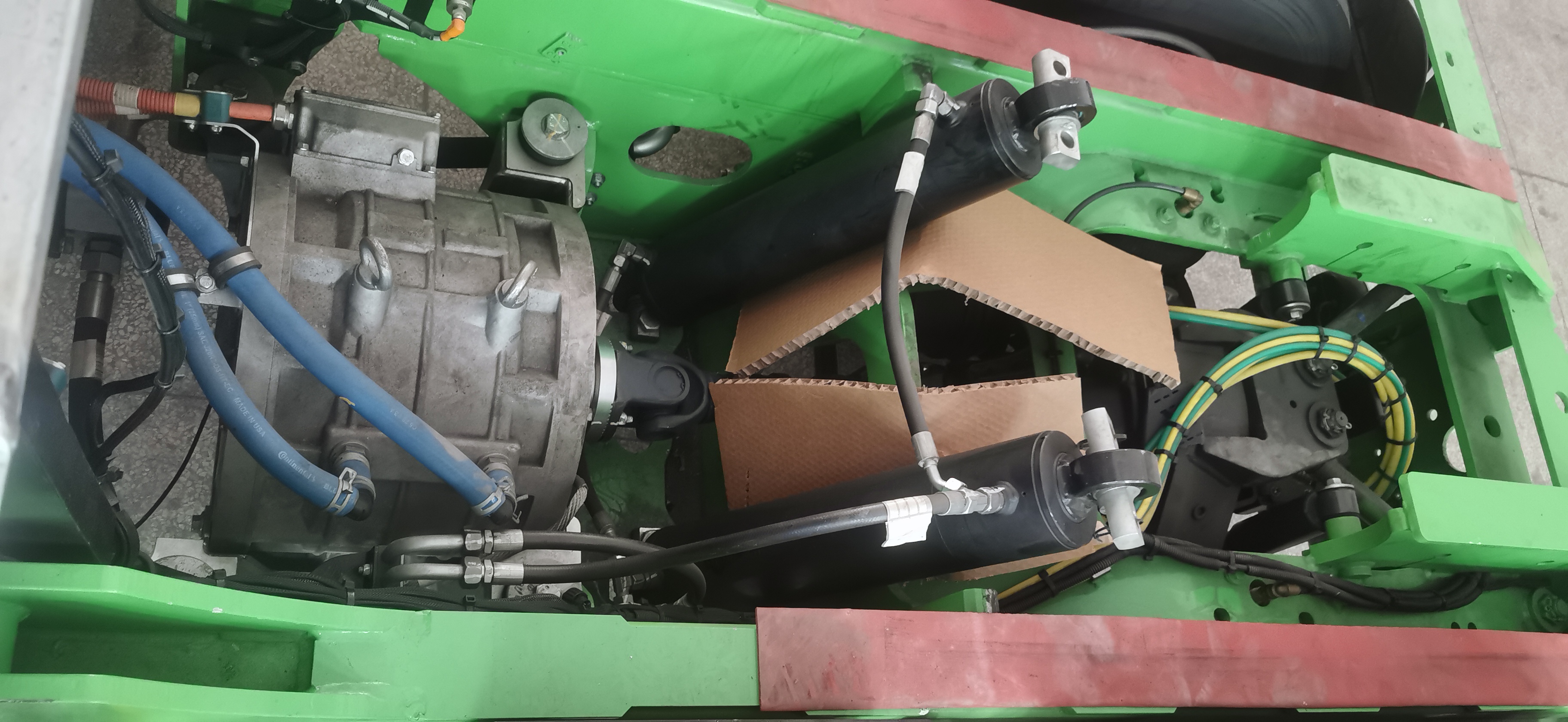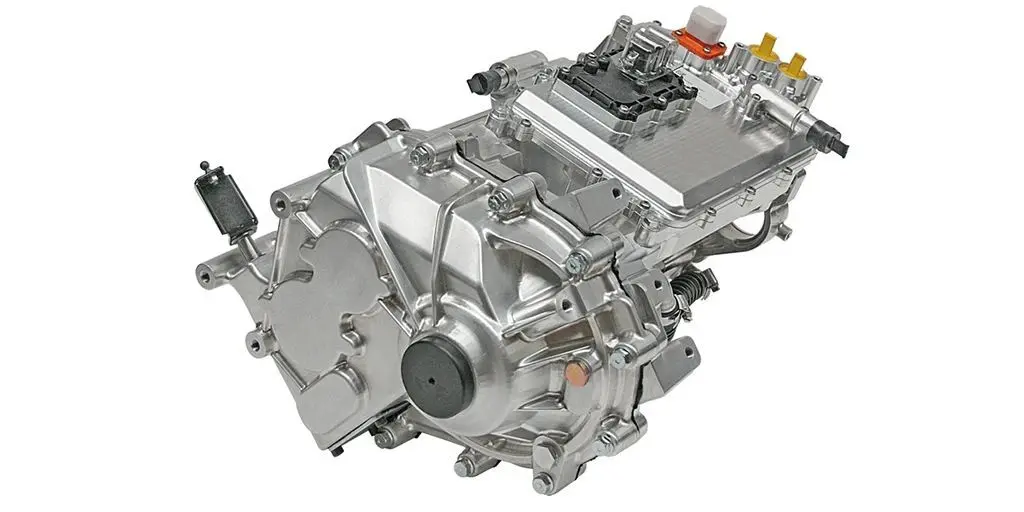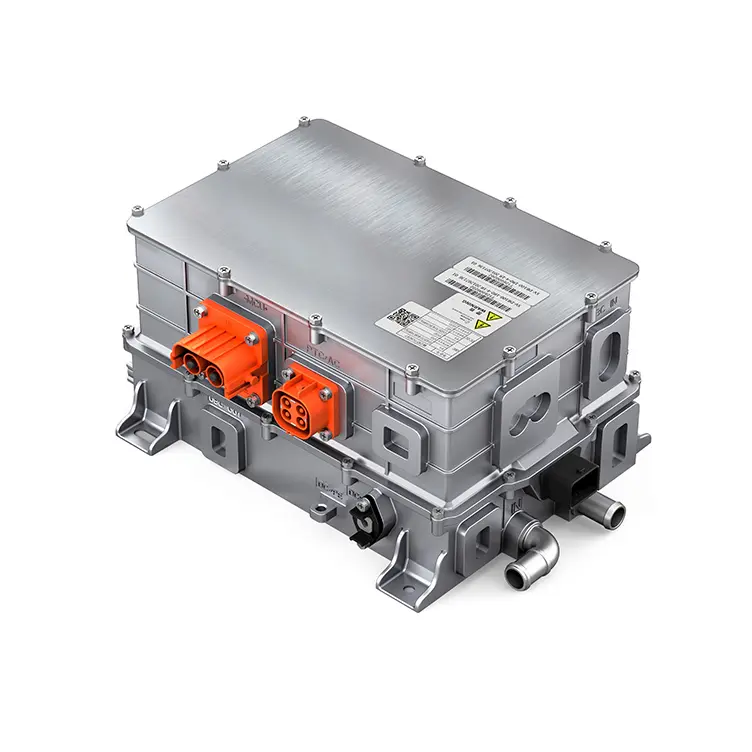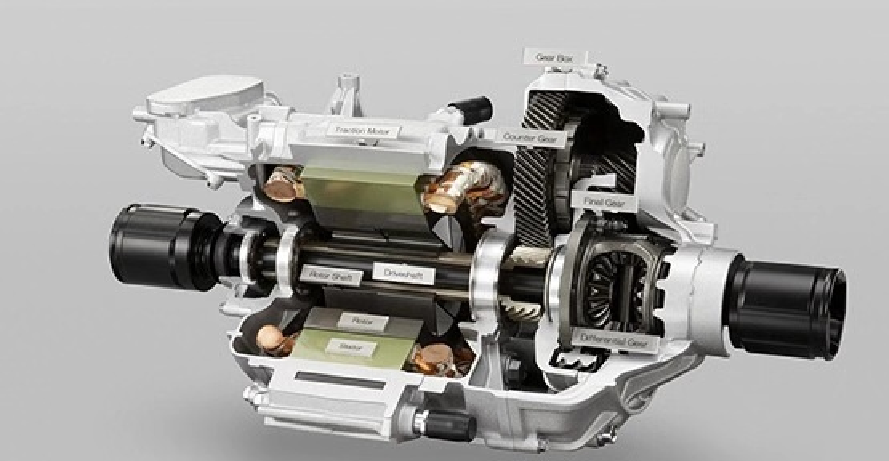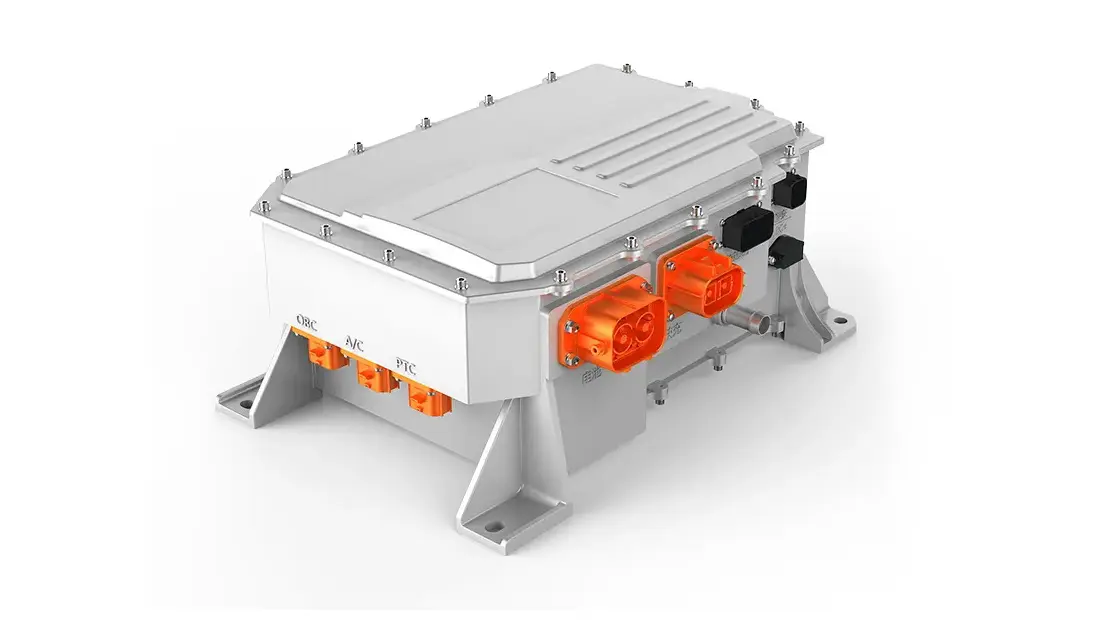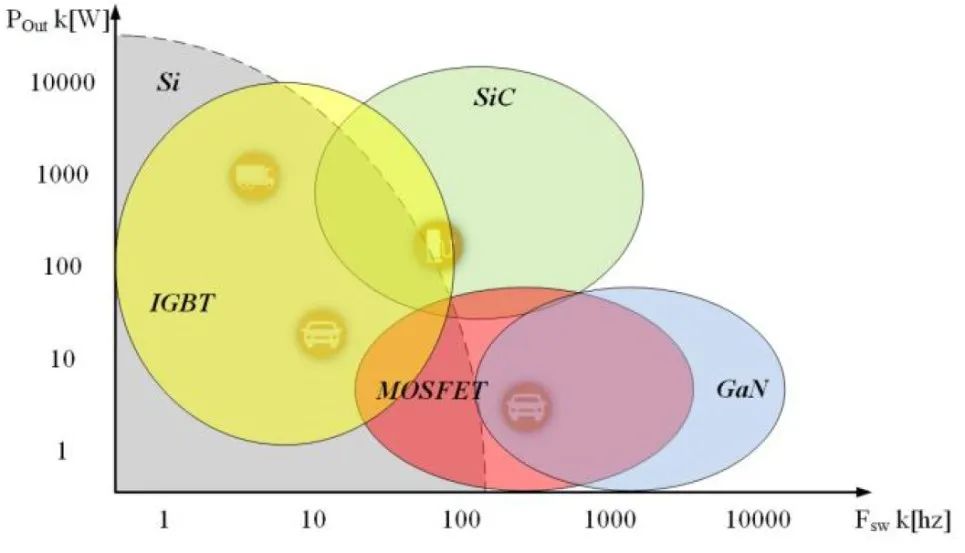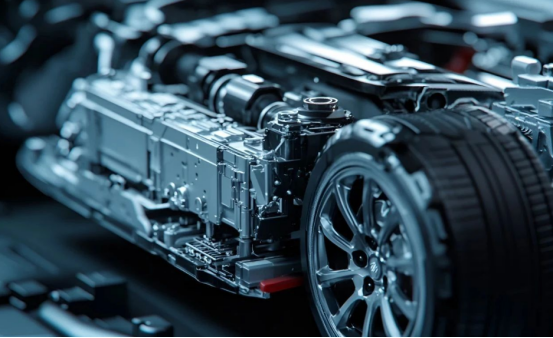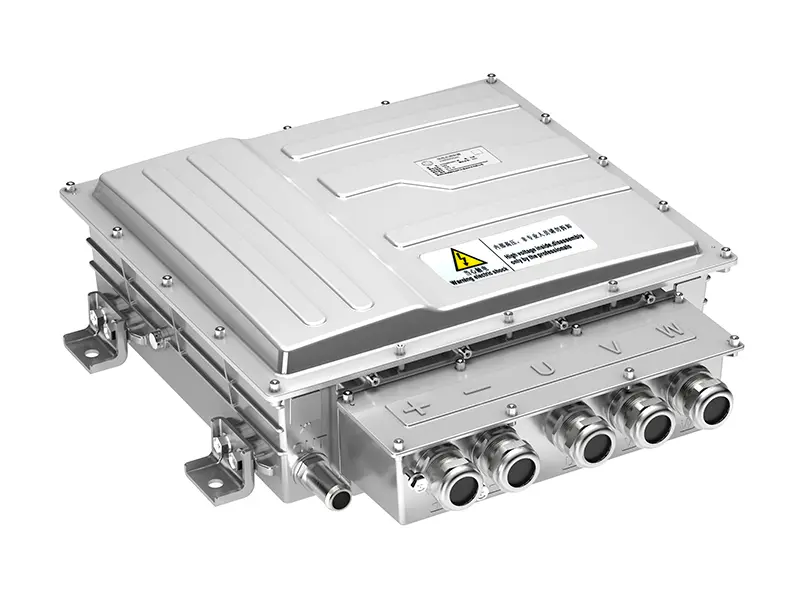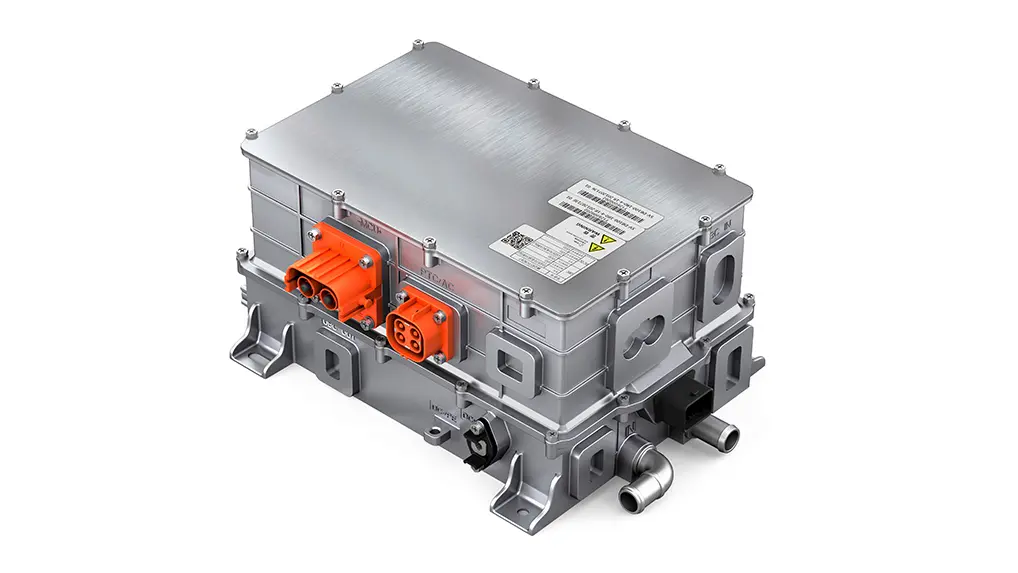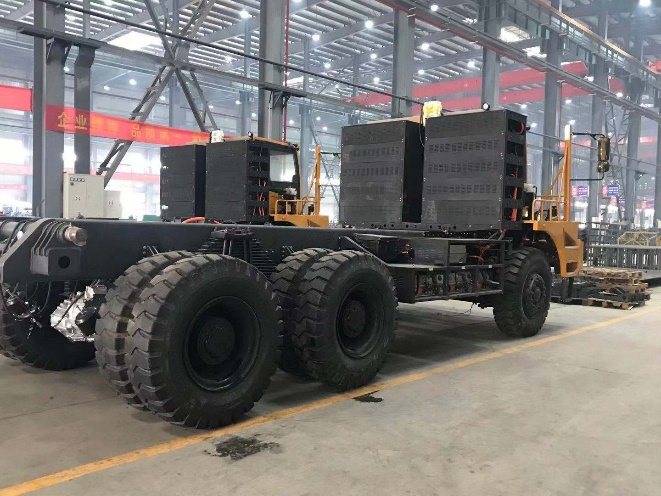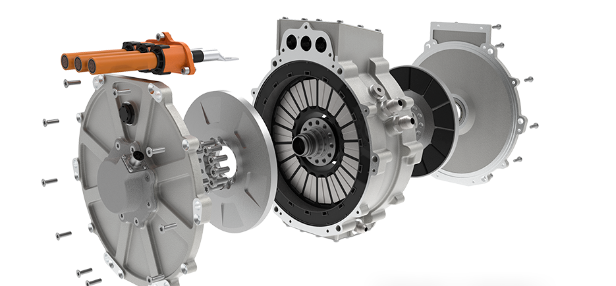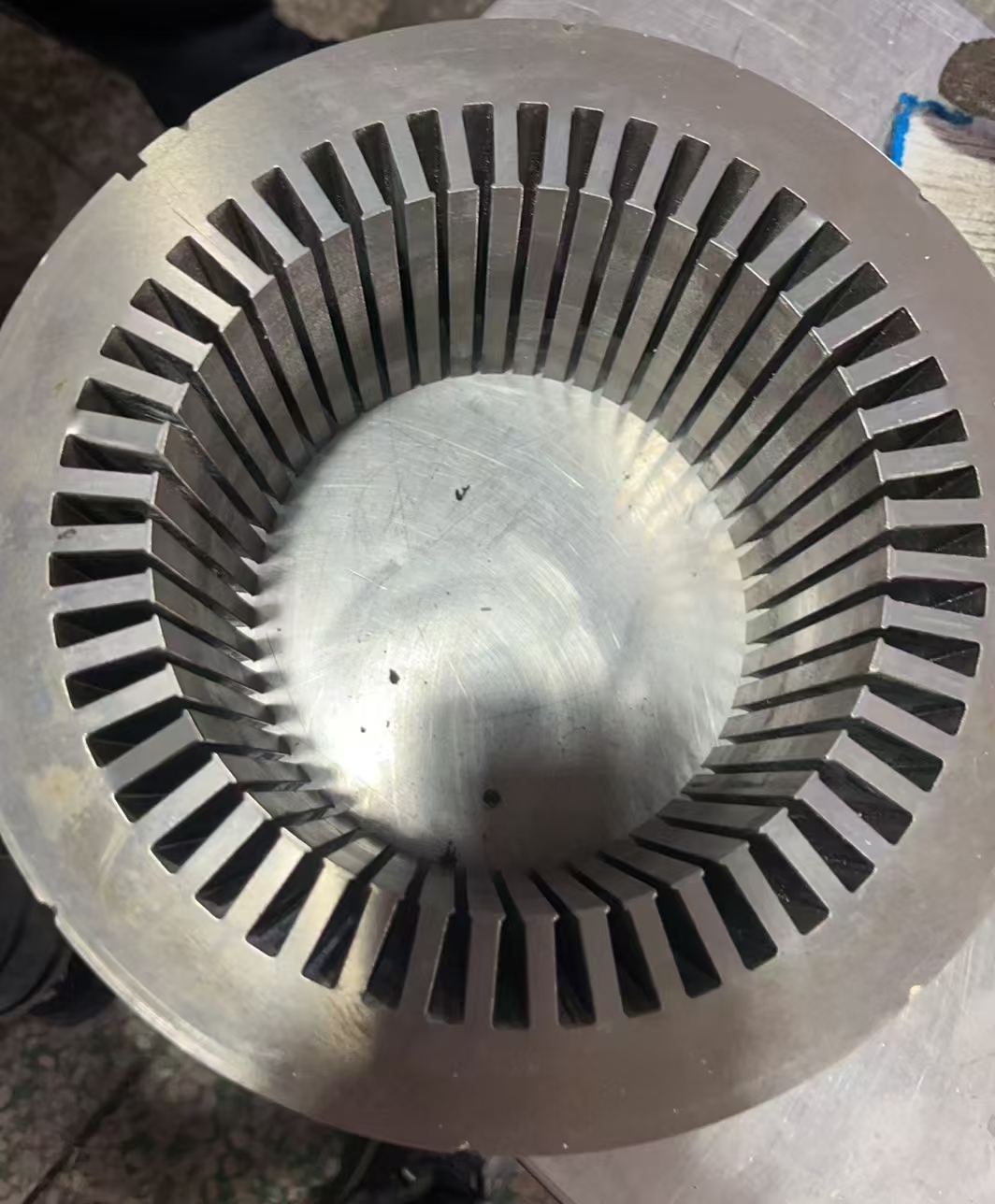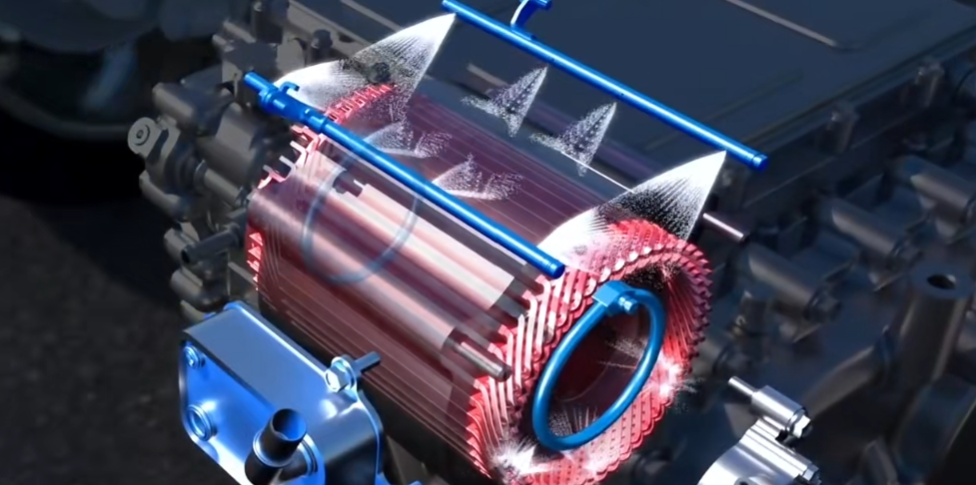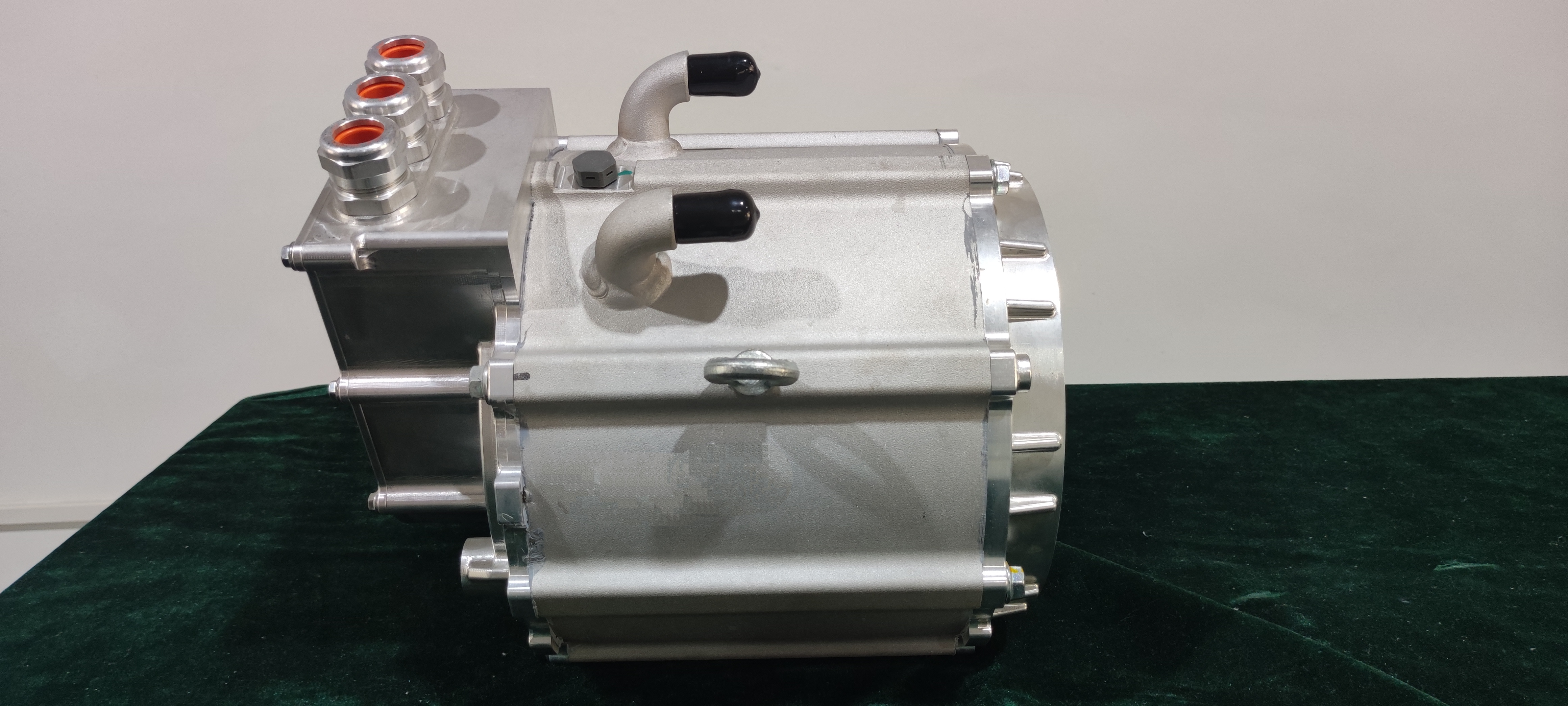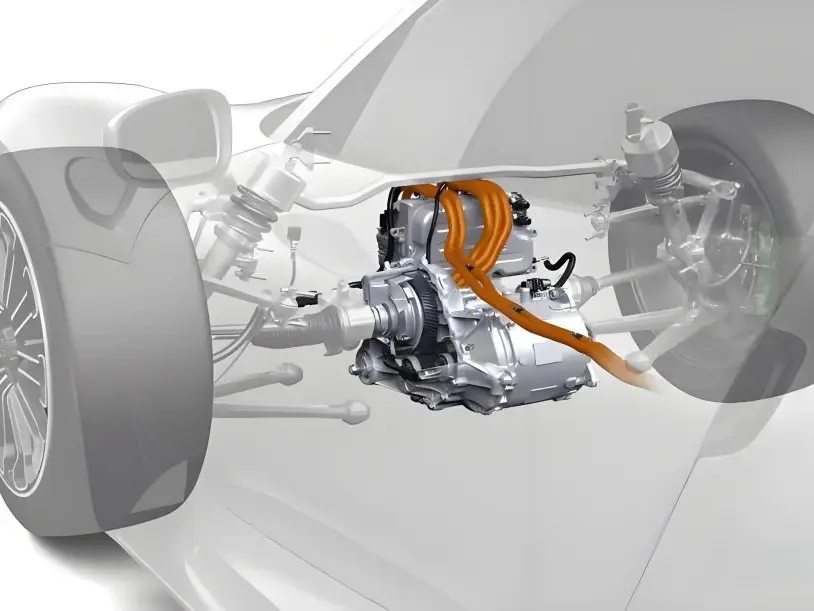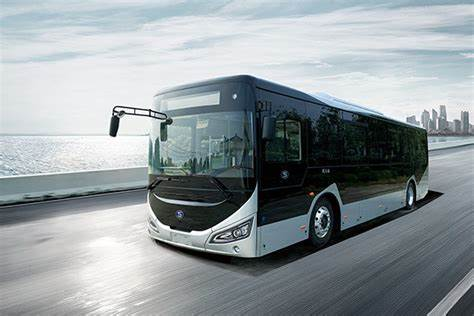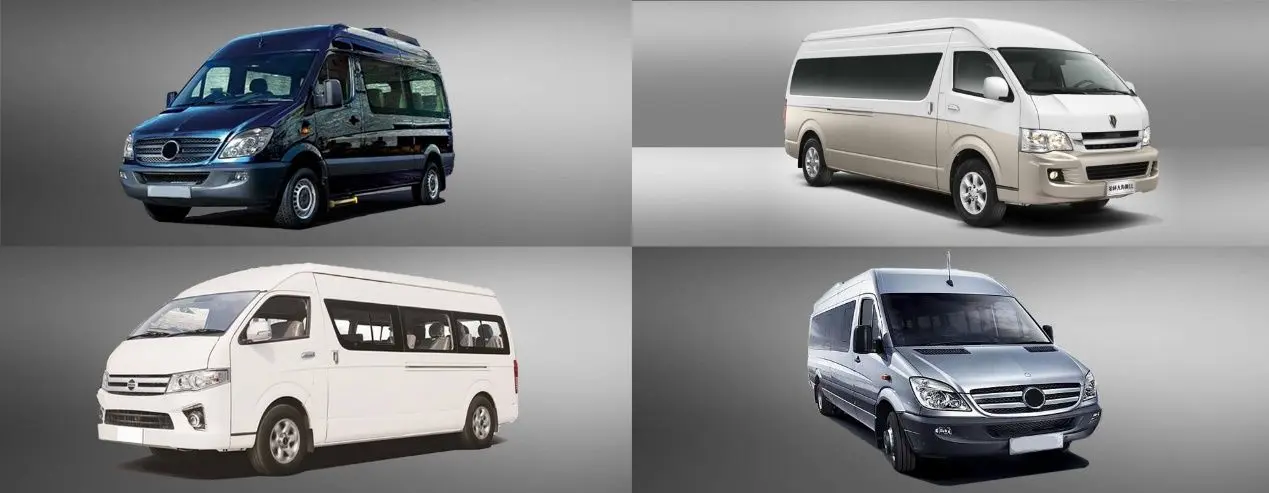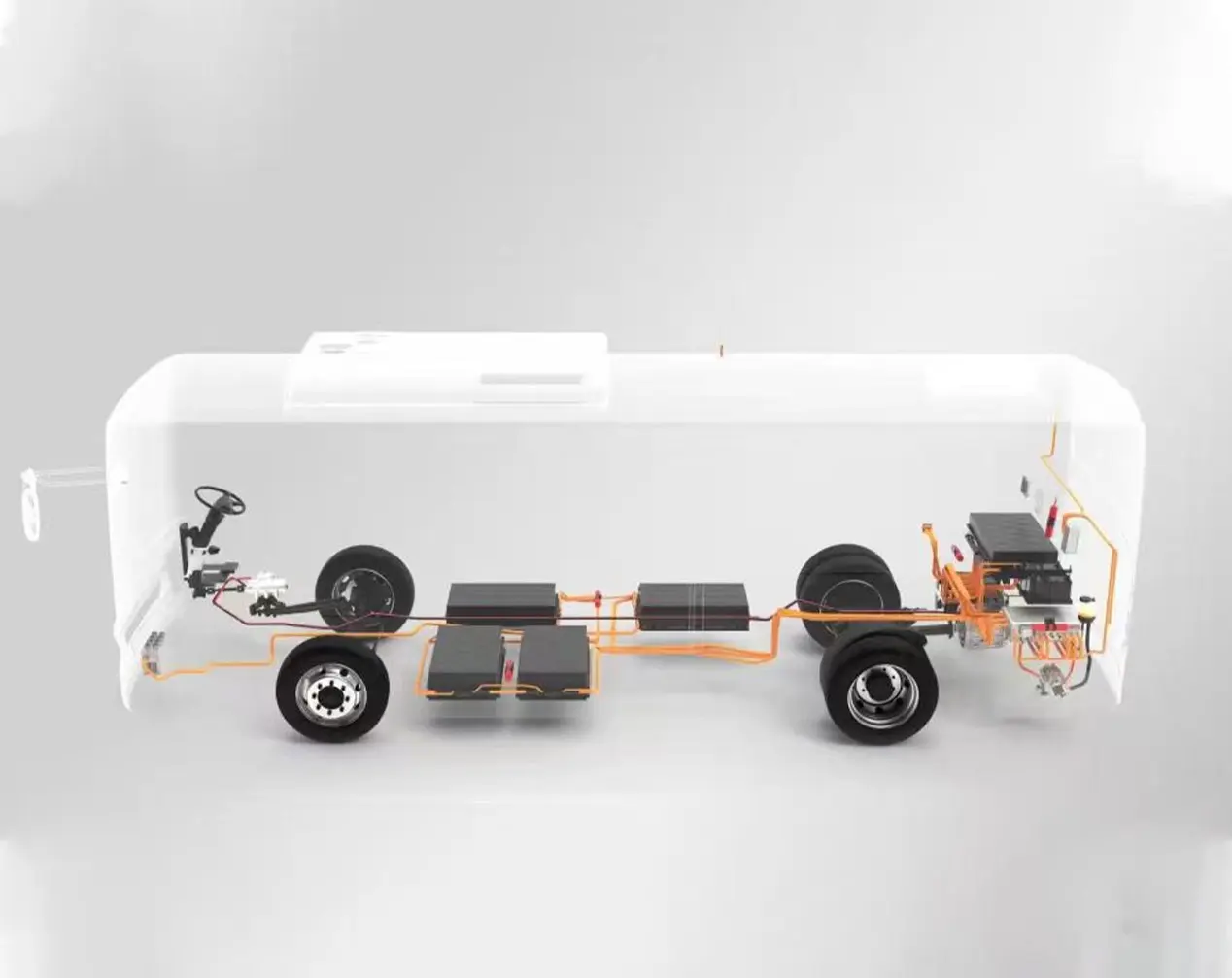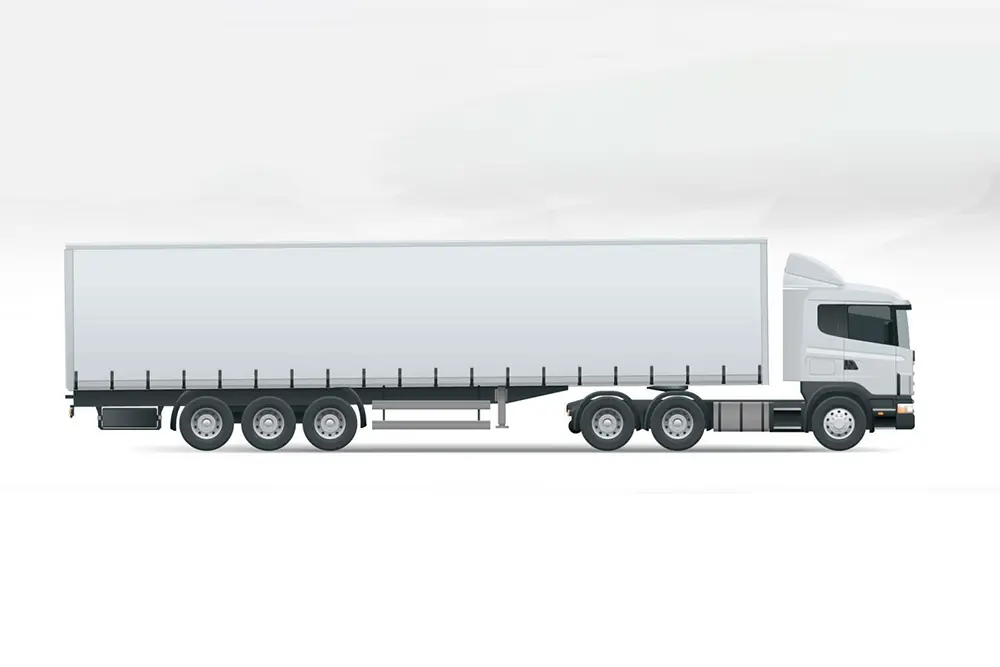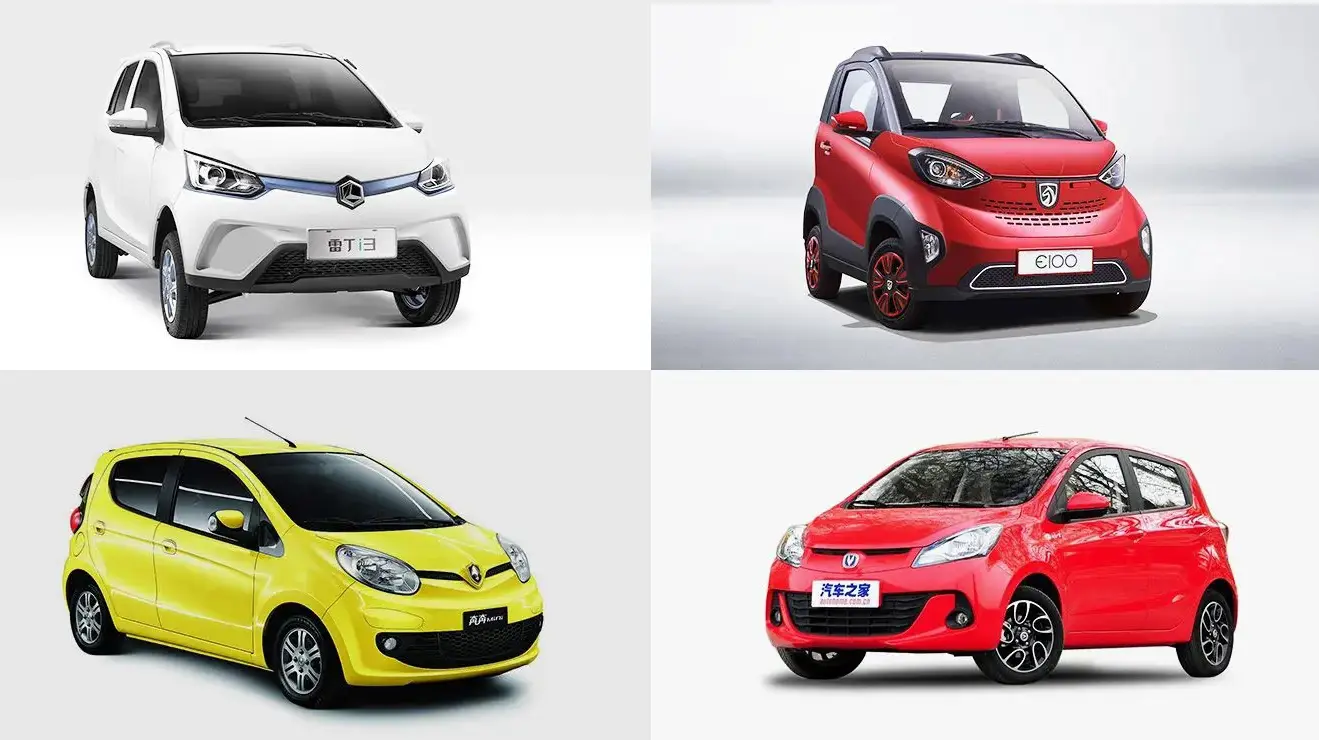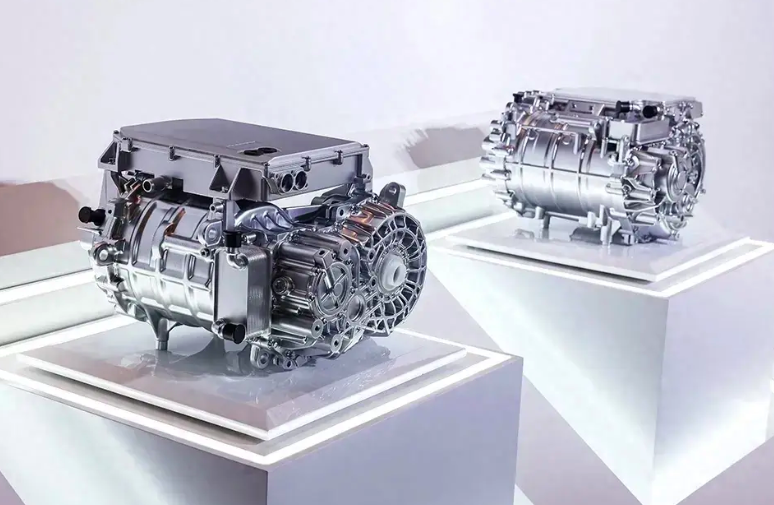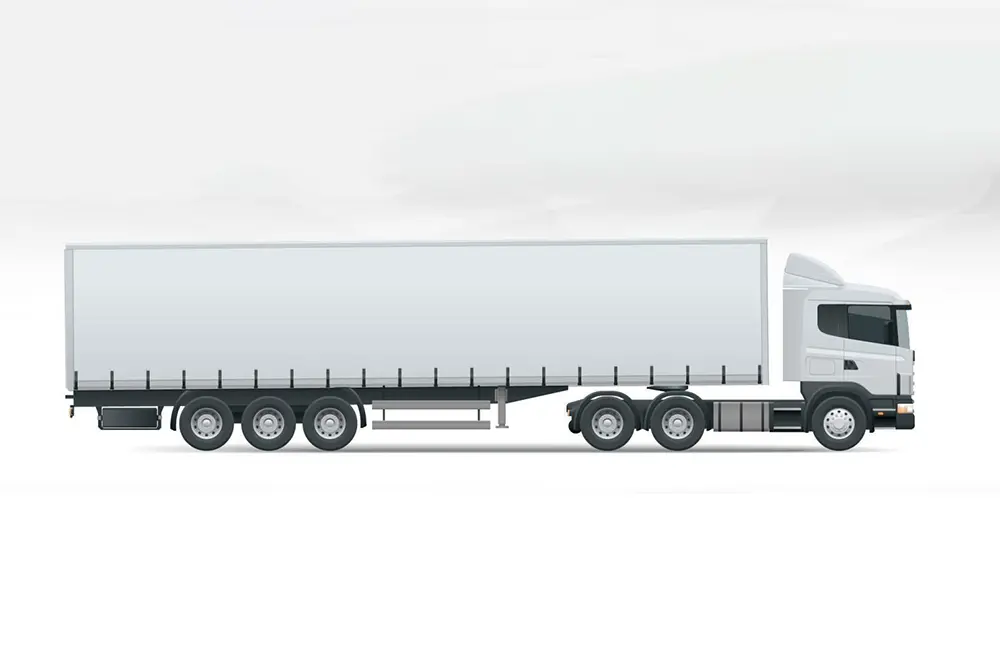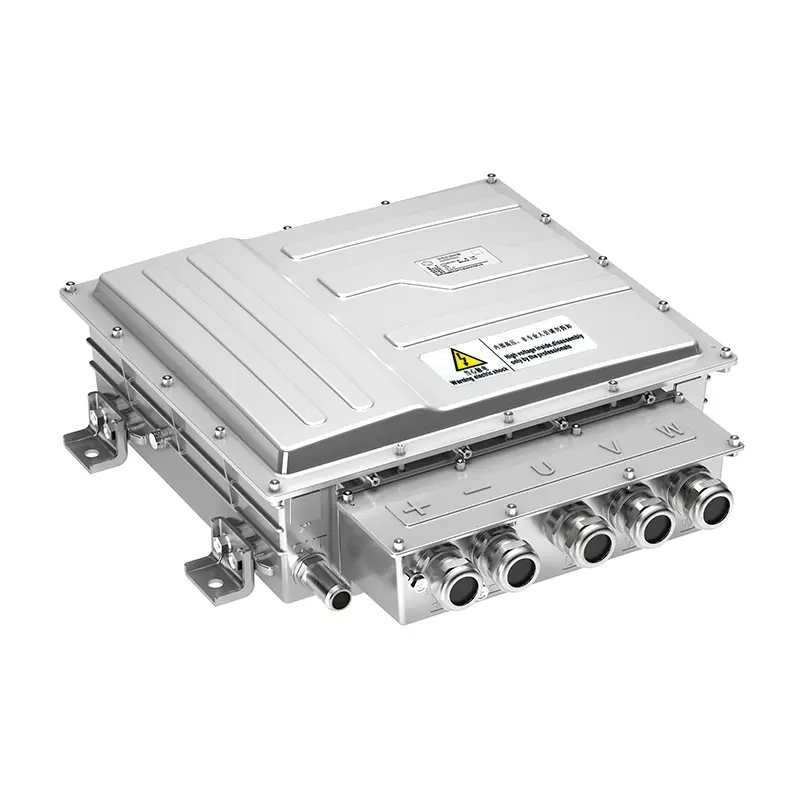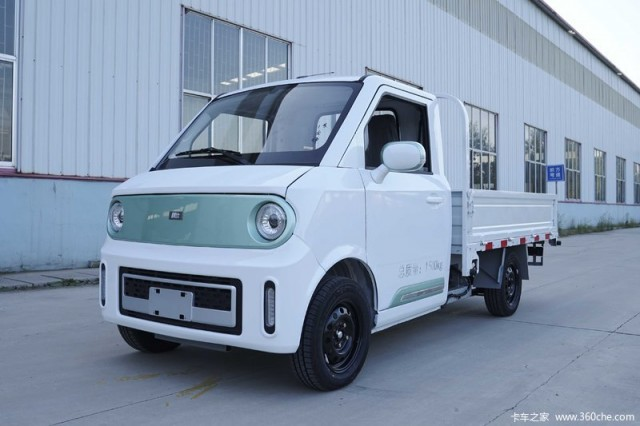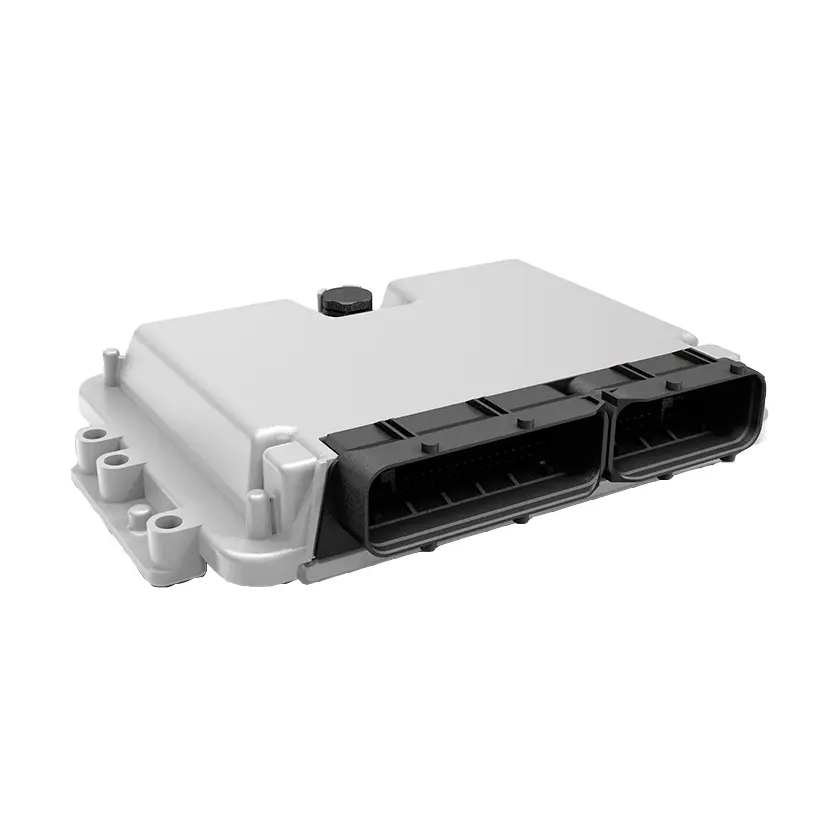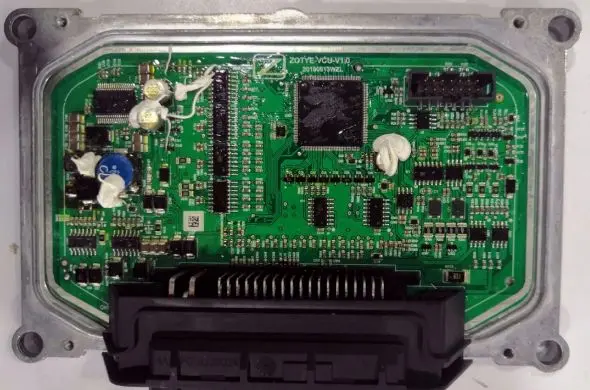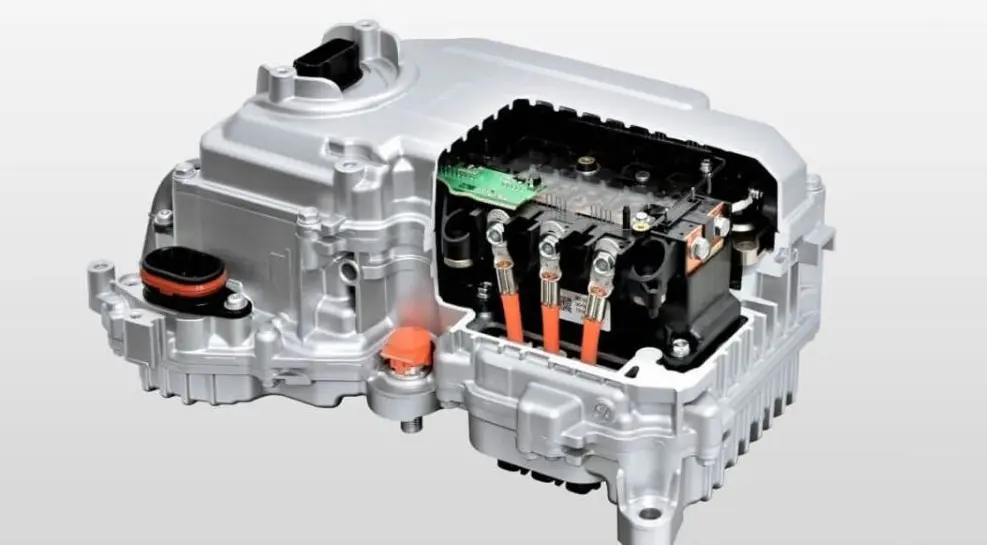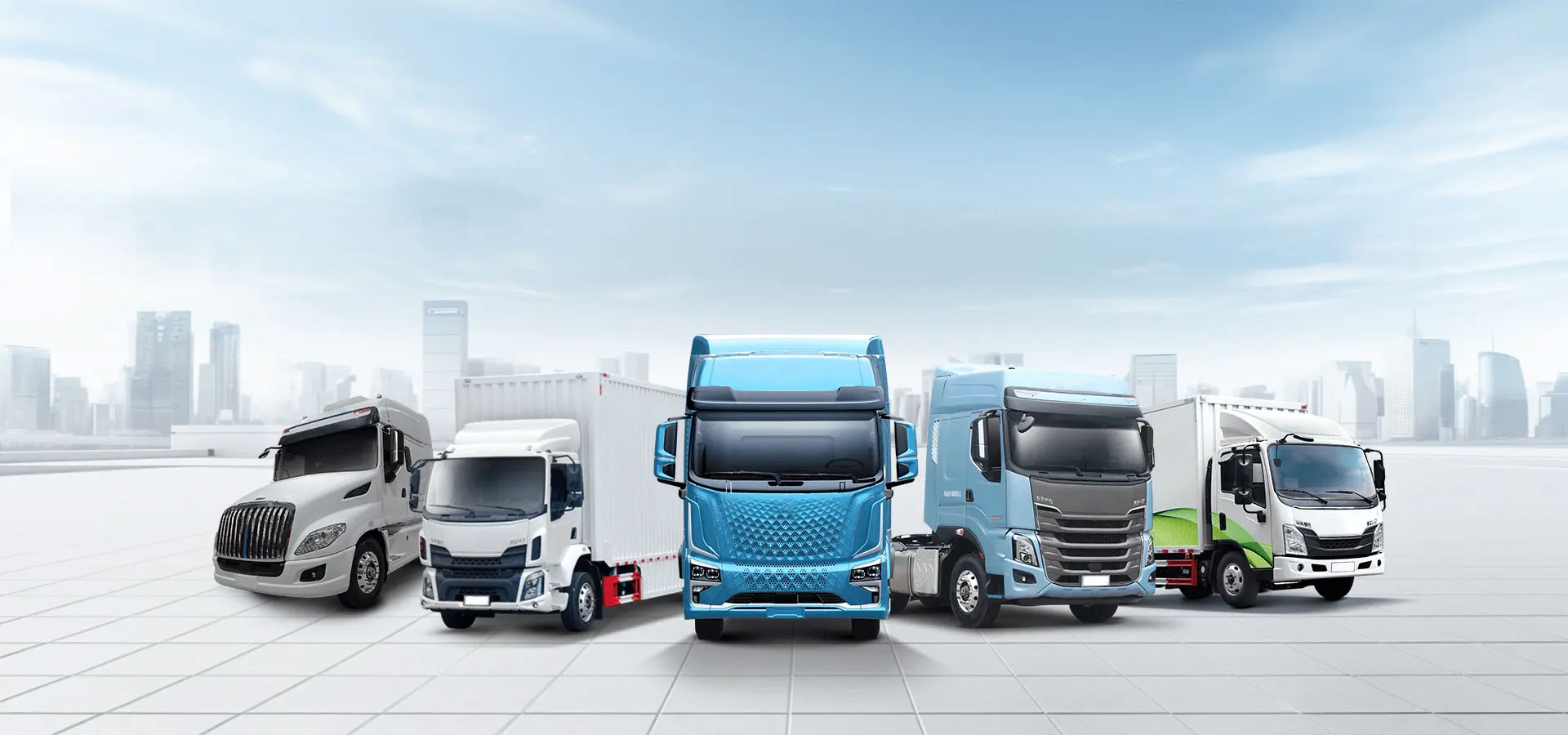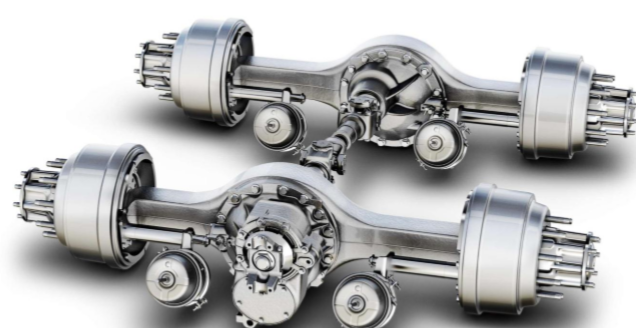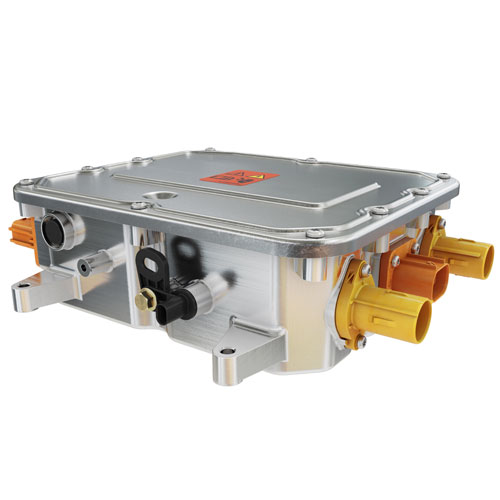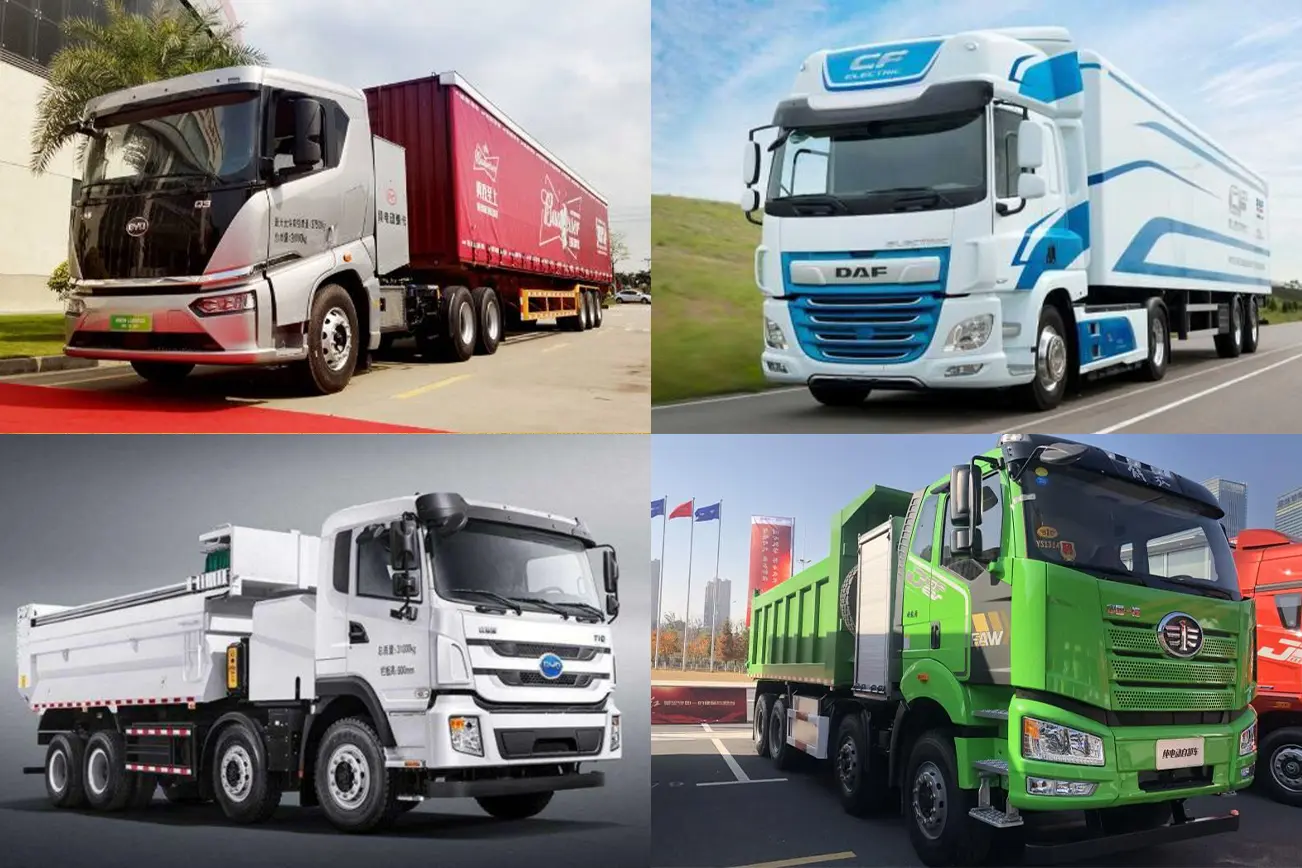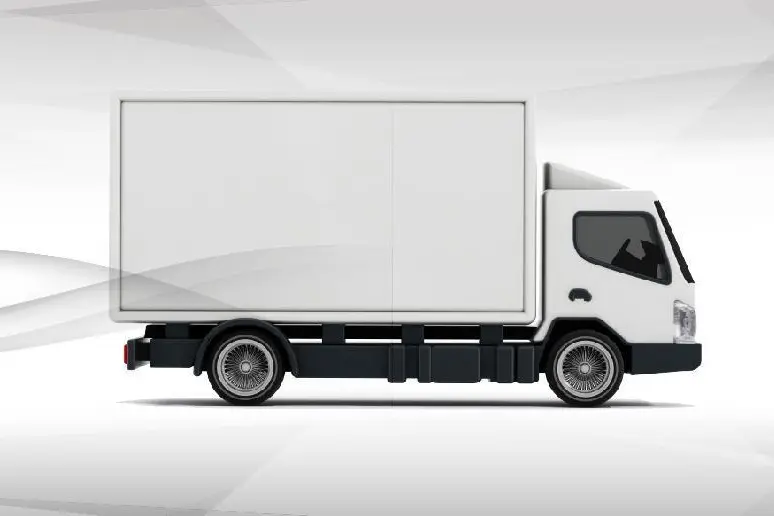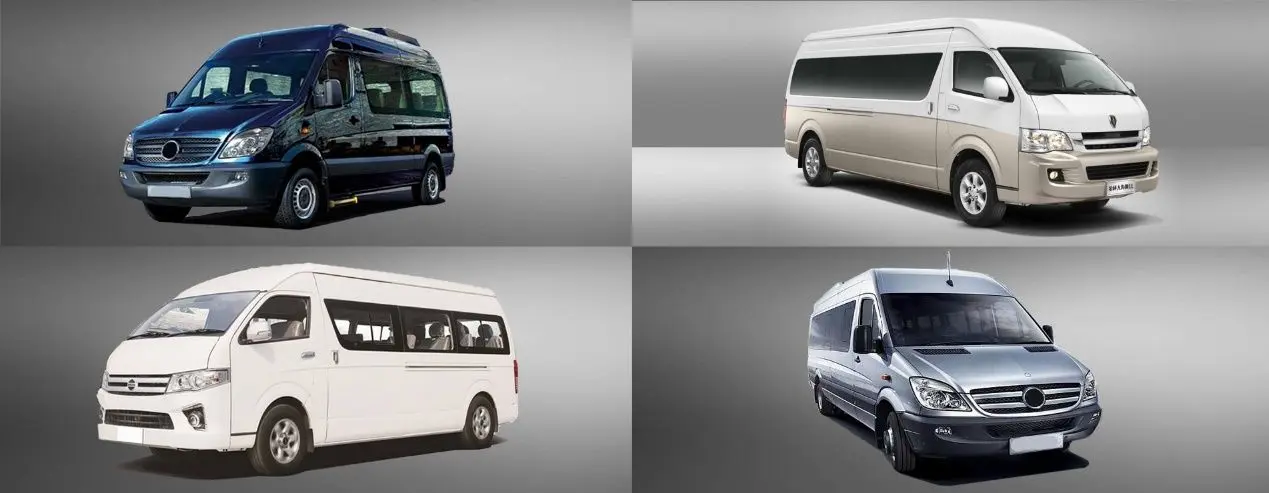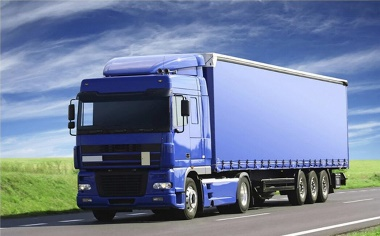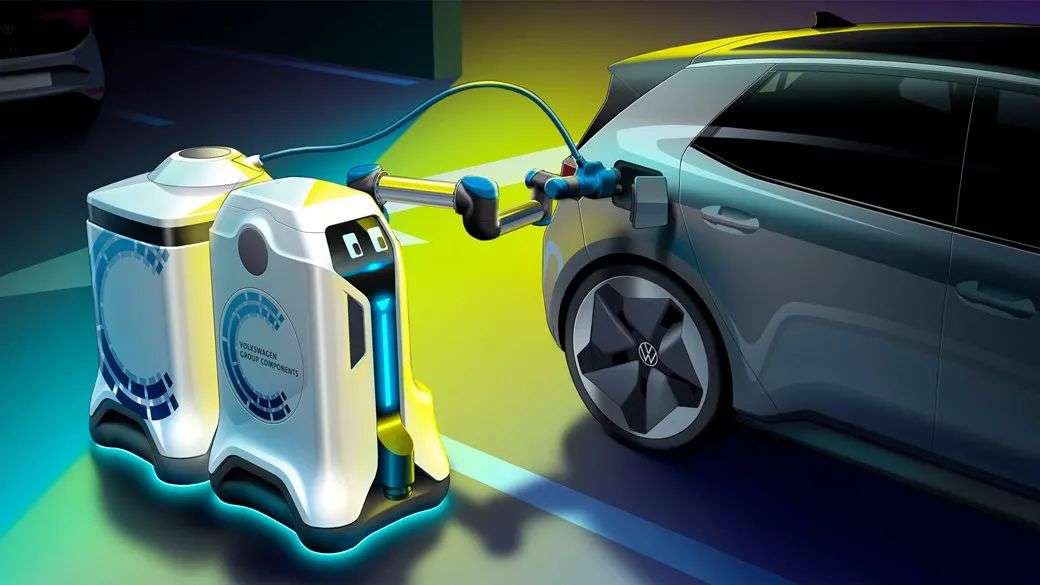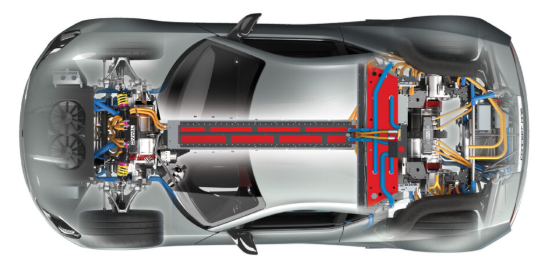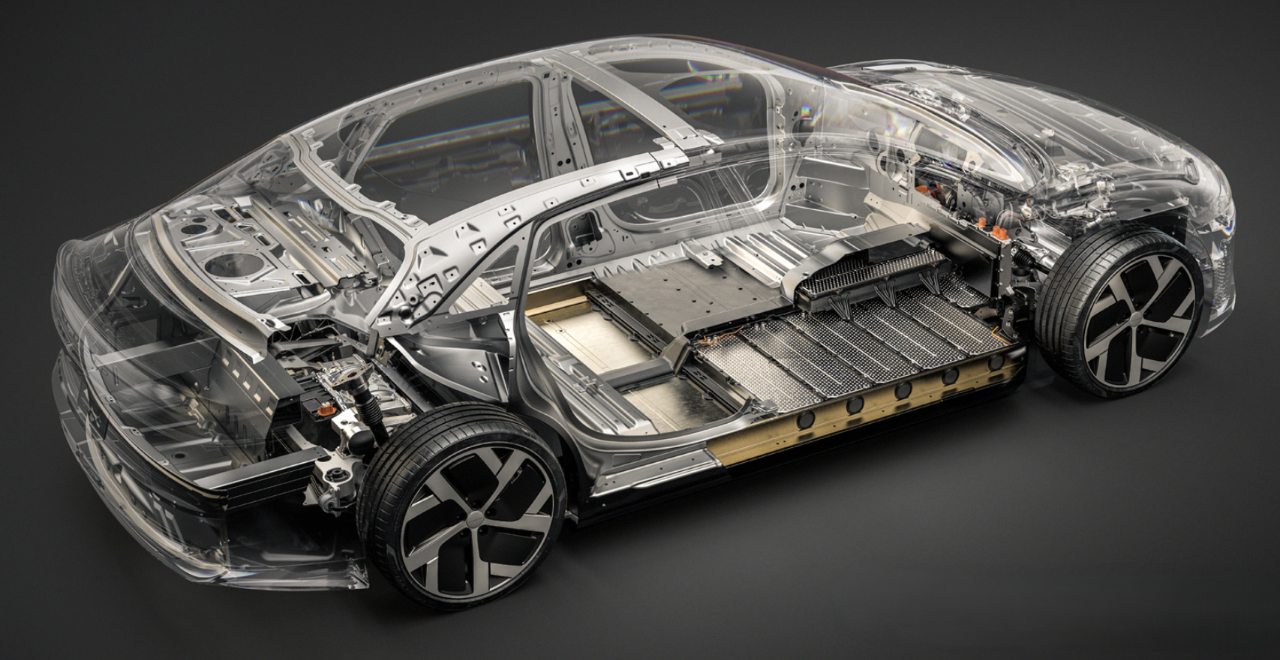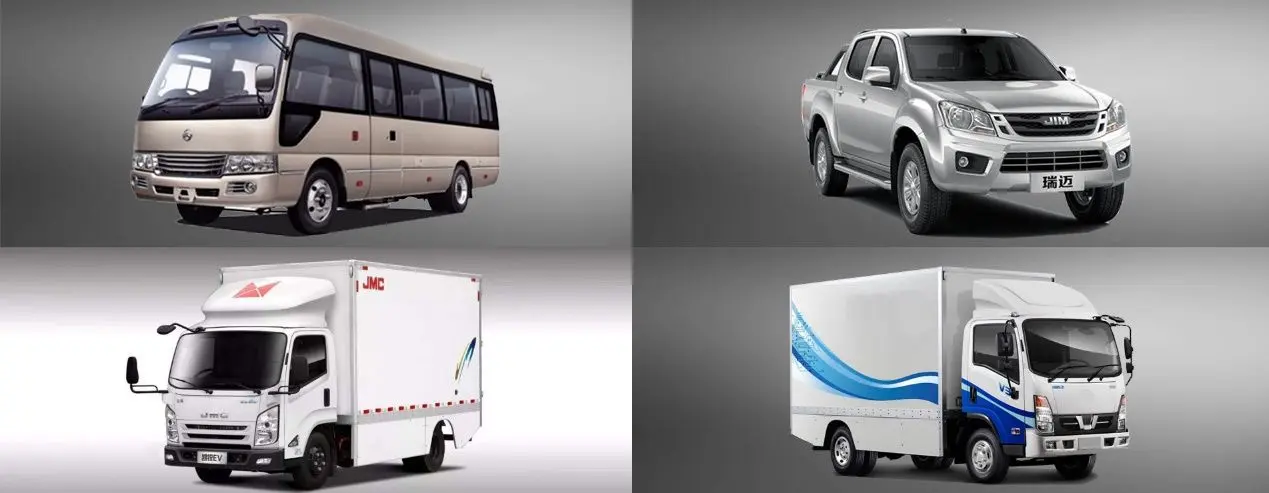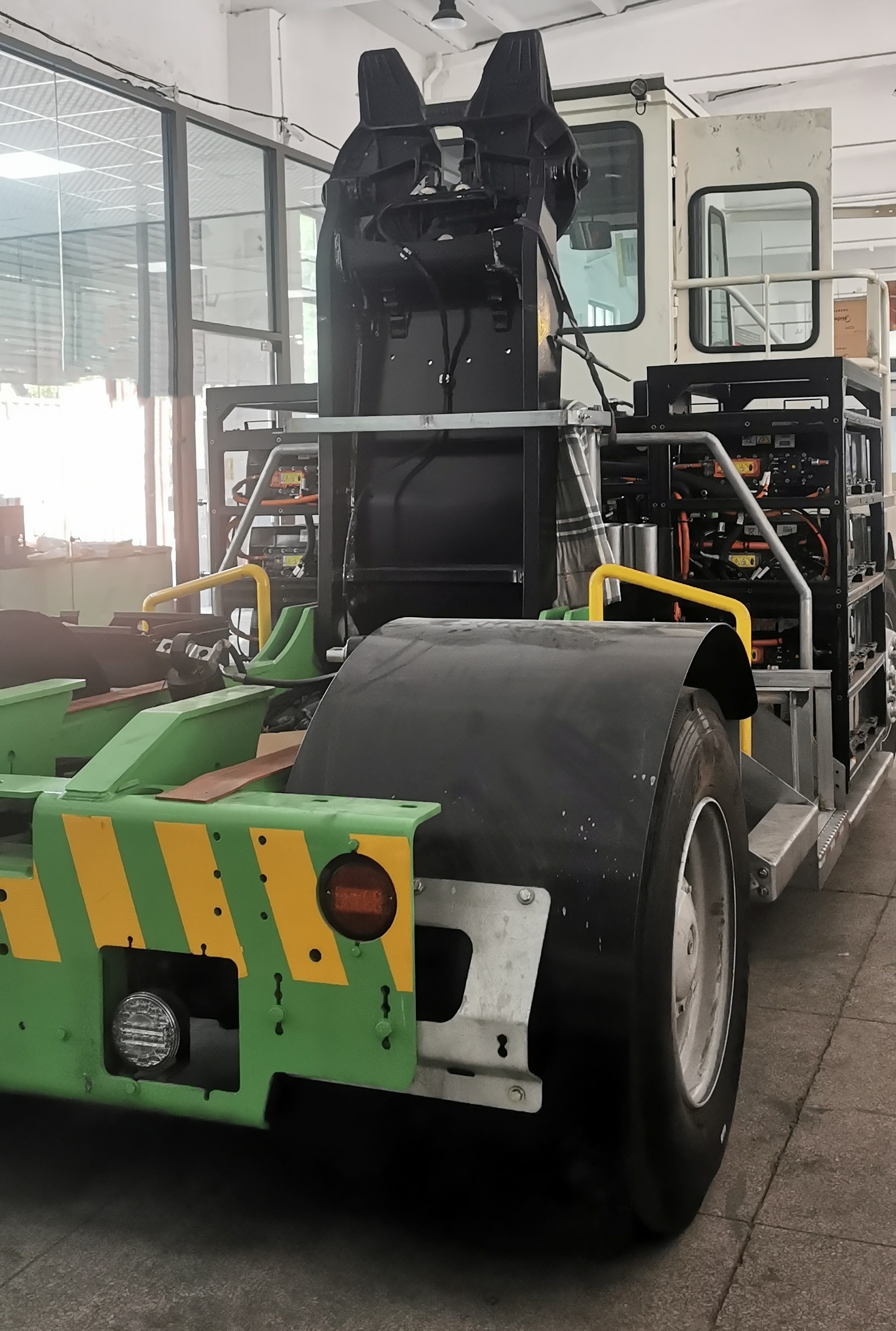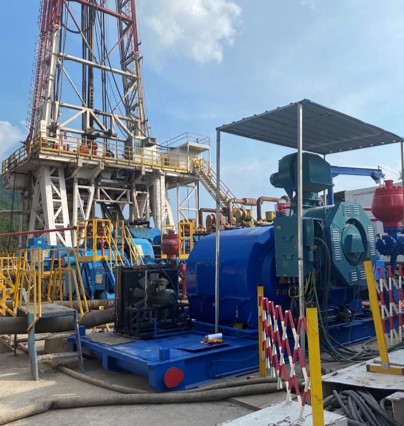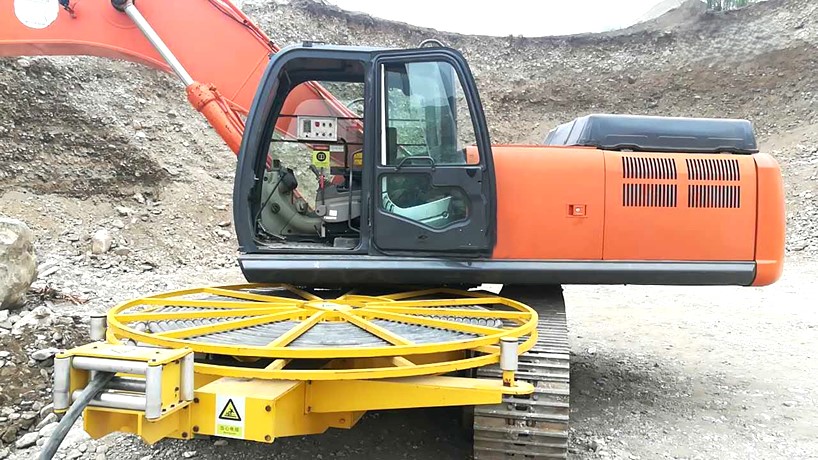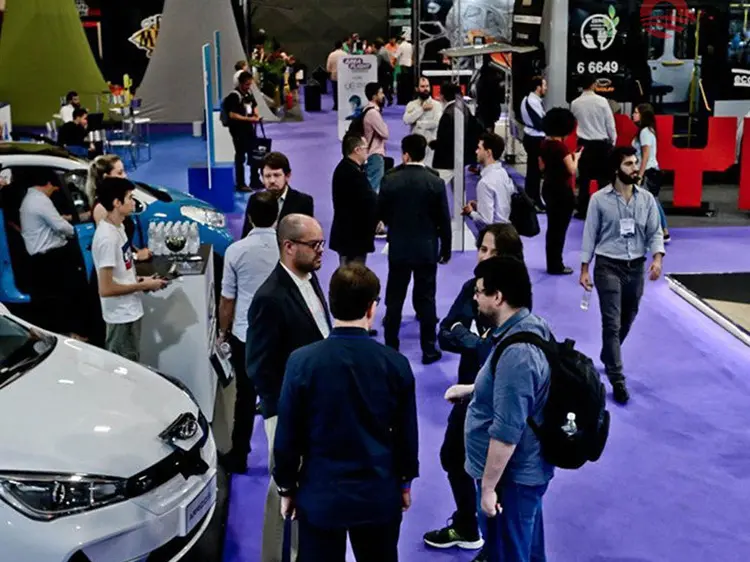Electric Car Axle Innovations Transforming the EV Industry
How Electric Car Axles Function in Modern EVs
The electric car axle, often referred to as an e-axle, is the heart of many modern electric vehicle (EV) drivetrains. Unlike traditional axles that simply transmit mechanical power from the engine through a gearbox and differential, the electric axle integrates electric motor, power electronics, and transmission into a single compact unit.
When a driver presses the accelerator, the inverter converts battery power into alternating current for the motor. The motor generates torque, which is transferred directly to the wheels through the axle. Some designs even integrate reduction gears and control software, allowing for optimal torque delivery and smooth acceleration without the need for complex multi-speed gearboxes.
This streamlined design not only reduces weight and complexity but also ensures that the axle contributes actively to the vehicle’s performance, efficiency, and driving experience.
The Evolution of the Electric Car Axle in Modern EVs
The concept of integrating motors into axles has progressed rapidly over the past two decades. Early EVs relied on separate motor and transmission systems, where the motor connected to a conventional axle through couplings. While functional, these systems were bulky and less efficient.
The industry then moved toward dedicated e-axles—self-contained units combining motor, inverter, and gearbox. This design simplified packaging, reduced costs, and improved system efficiency. Today’s most advanced EVs, including premium passenger cars and heavy-duty trucks, use modular e-axles tailored for different torque and speed requirements.
Looking ahead, the evolution points toward in-wheel motor systems and ultra-lightweight e-axles made with advanced materials. These developments will further reduce energy loss, enable independent wheel control, and unlock entirely new vehicle design possibilities.
Key Innovations in Electric Car Axle Technology
Several cutting-edge innovations have pushed electric axles to the forefront of EV engineering:
Integrated E-Axle Units: Compact systems combining motor, power electronics, and transmission for reduced space and weight.
SiC Power Electronics: Use of silicon carbide (SiC) in inverters increases efficiency and reduces heat loss.
Modular Platforms: E-axles designed for scalability, allowing use in cars, SUVs, buses, and trucks with minimal changes.
Oil-Cooled Motors: Enhanced cooling methods enable higher continuous torque output and longer operational lifespan.
Axial Flux Motors: New motor designs offering higher torque density and efficiency within the e-axle.
Smart Control Systems: Advanced software optimizes torque distribution, regenerative braking, and driving modes in real time.
These innovations make e-axles not just a mechanical component, but a smart system that defines the vehicle’s energy efficiency and performance.
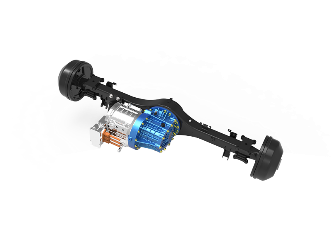
Benefits of Using an Electric Car Axle Over Conventional Systems
Switching from a traditional drivetrain to an electric axle provides multiple advantages:
Compactness: By integrating components, EVs gain more cabin and cargo space.
Efficiency: Direct power transfer from battery to wheels reduces energy losses.
Cost Reduction: Fewer mechanical parts lower assembly costs and long-term maintenance expenses.
Lightweighting: Reducing drivetrain mass improves range and vehicle dynamics.
Scalability: A single e-axle design can be adapted for different vehicle models and power requirements.
For automakers, these benefits translate into faster development cycles, lower total cost of ownership, and higher appeal to consumers.
Electric Car Axle and Vehicle Efficiency: Boosting Range and Power
One of the biggest challenges in EV adoption is maximizing driving range without dramatically increasing battery size or cost. The electric axle plays a critical role here.
Because the e-axle integrates the inverter and motor, it eliminates extra mechanical losses. Advanced cooling and SiC-based inverters further improve efficiency, meaning more of the battery’s energy translates into actual driving power.
Additionally, regenerative braking systems embedded into the e-axle allow the recovery of significant amounts of energy during deceleration, extending range. Combined with lightweight materials, these improvements can boost EV range by 5–15% compared to conventional setups.
How Electric Car Axle Design Improves Driving Experience
The driving experience is where e-axle technology shines. Key improvements include:
Smooth Acceleration: Immediate torque delivery eliminates gear shifts and lag.
Better Handling: Dual or quad e-axle systems enable precise torque vectoring, improving cornering stability.
Silent Operation: Without gears and engine noise, EVs deliver a quiet, refined ride.
Customizable Drive Modes: Software-defined torque distribution allows tailored driving experiences (eco, sport, snow).
Together, these features create a driving experience that is not only efficient but also fun, responsive, and confidence-inspiring for users.
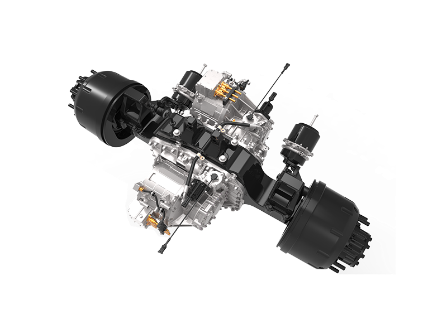
The Role of Electric Car Axle in Commercial EVs (Trucks, Buses, Fleets)
Commercial EVs place different demands on drivetrains compared to passenger cars—high payloads, long duty cycles, and frequent stop-and-go driving. The electric axle addresses these needs through:
High Torque Density: Capable of handling heavy loads while maintaining efficiency.
Durability: Oil-cooled, ruggedized designs withstand continuous operation.
Fleet Efficiency: Lower maintenance and fuel costs make e-axle-powered fleets financially attractive.
Packaging Flexibility: Compact e-axles allow for larger battery packs, extending range in long-haul or bus applications.
Many logistics companies and transit authorities are adopting e-axle-powered EVs because they strike the balance between operating cost savings and regulatory compliance with emissions goals.
Challenges and Limitations in Electric Car Axle Development
Despite rapid progress, e-axle technology faces several hurdles:
Thermal Management: Managing heat in compact, high-power units is complex.
Material Dependence: Heavy reliance on rare-earth magnets raises cost and supply chain risks.
Integration Costs: High initial R&D and tooling expenses challenge smaller OEMs.
Weight-Torque Tradeoff: Designing ultra-compact systems that still deliver high torque is difficult.
Standardization Gaps: Lack of industry-wide standards complicates scaling across different platforms.
Overcoming these challenges will require ongoing innovation in cooling, materials science, and design modularity—areas where leading EV suppliers are currently investing heavily.









